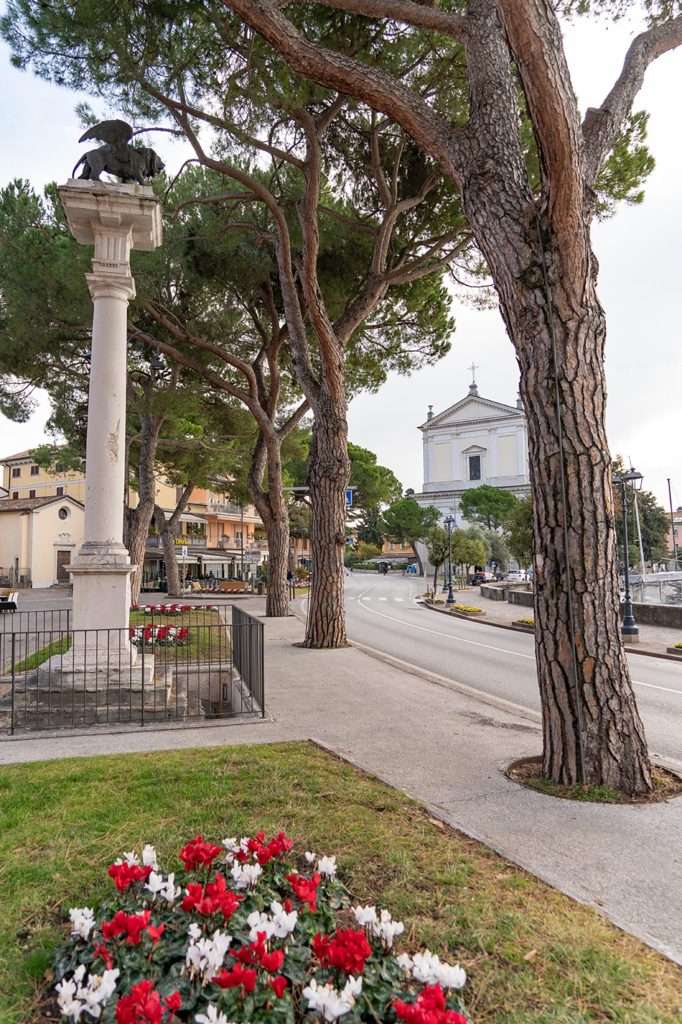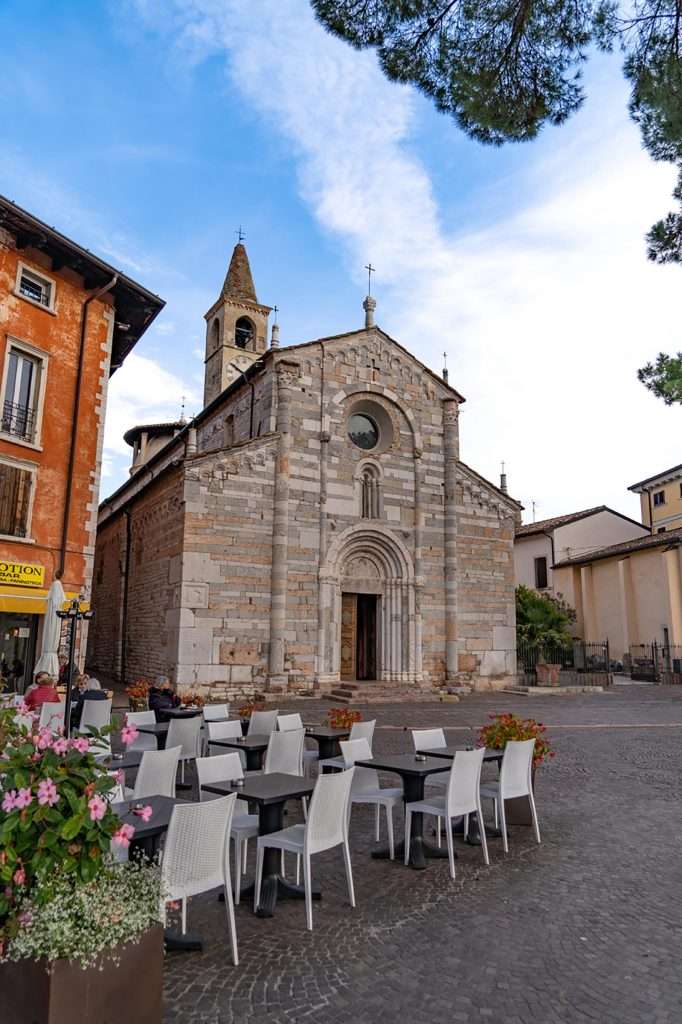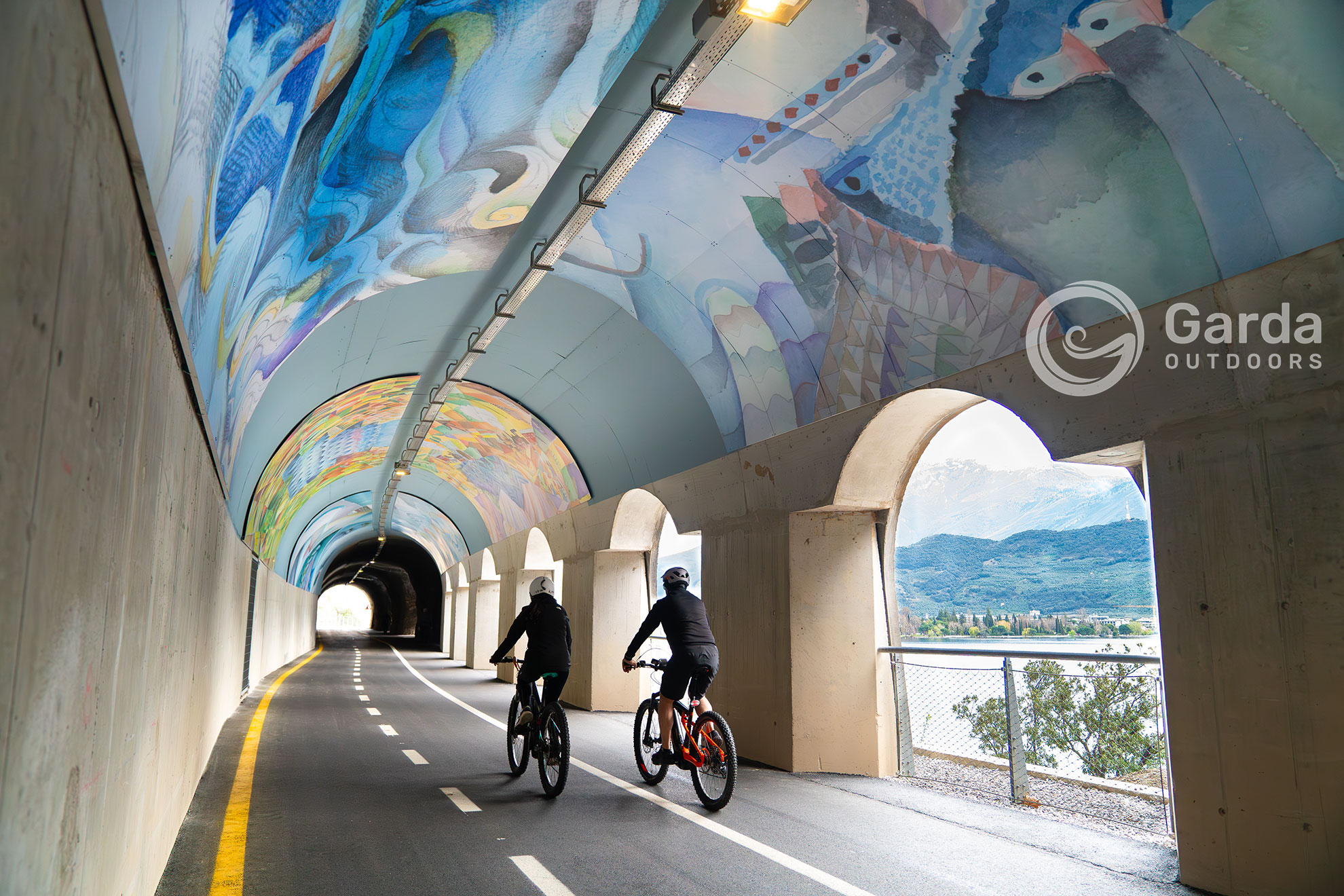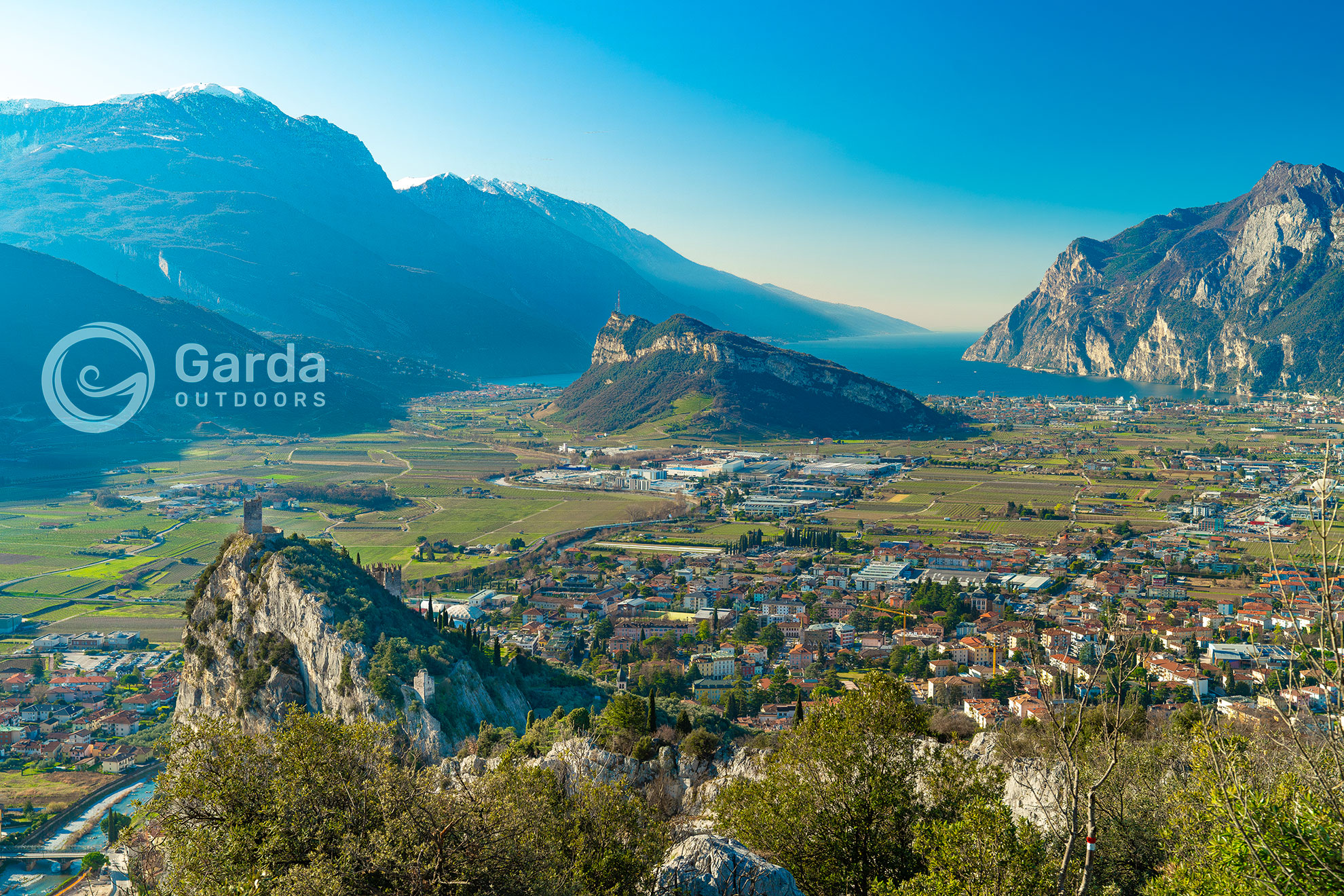The municipality of Toscolano Maderno brings together what until 1928 were two very distinct towns: Toscolano (to the north) and Maderno (to the south); and is located on the western shore of Lake Garda, in the province of Brescia. This small town has ancient roots, dating back as far as Roman times, and is known for its natural beauty, with its breathtaking views of the lake and surrounding hills, but also for its rich history and culture. In the past it was also an important paper production centre, considered among the best in Europe and exported throughout Italy and abroad.
Toscolano Maderno is part of the Alto Garda Bresciano regional park and also includes Mount Pizzocolo (1581 m) and Monte Castello di Gaino (870 m).
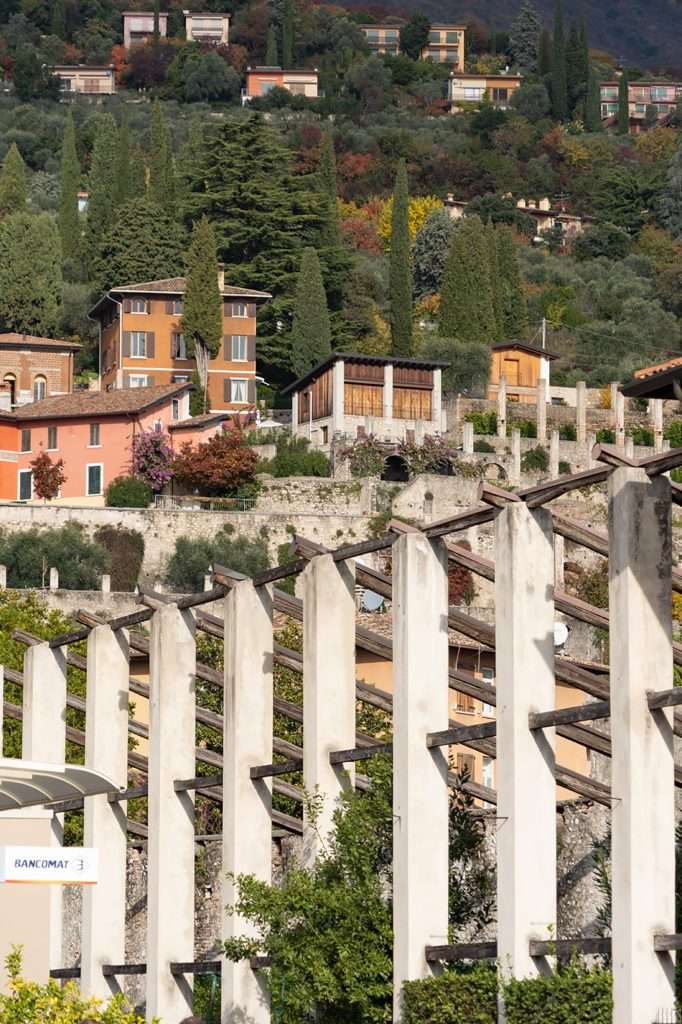
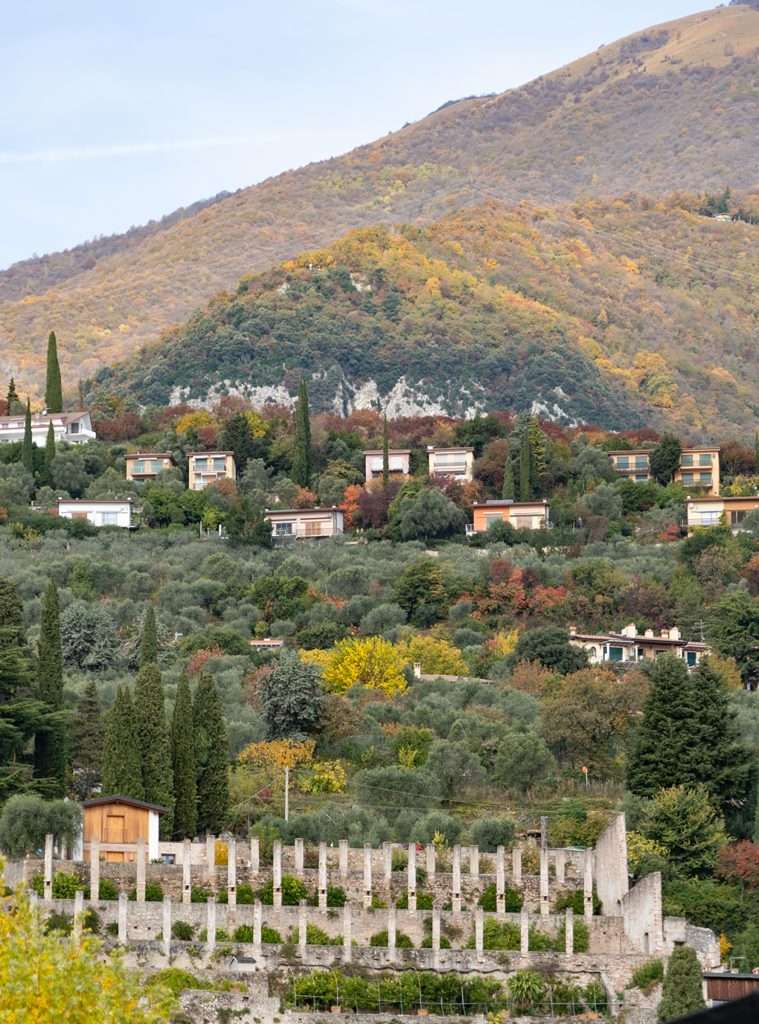
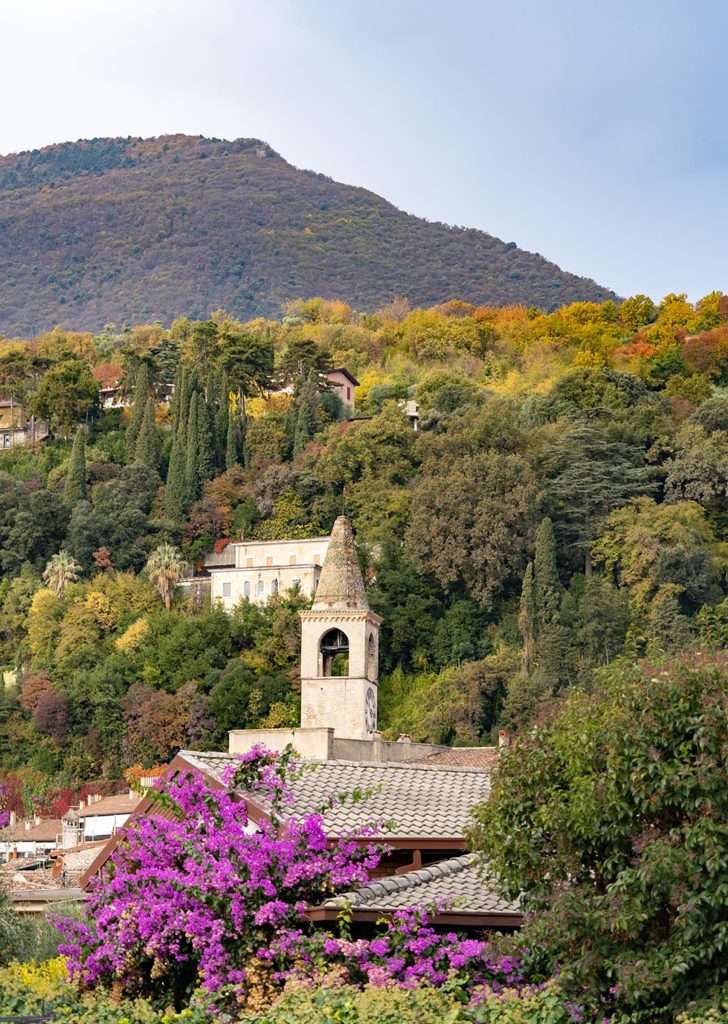
What to see in a day trip in Toscolano Maderno.
The historic center with the lakefront.
The Basilica of Sant’Andrea.
It dates back to the 12th century and is believed to have been built on the foundations of a pagan temple, adapted to Christian worship after 415 AD. following the decrees of Emperor Honorius which established the elimination of pagan temples.
In 1282 the relics of St. Ercolano were found, Bishop of Brescia in the sixth century, who died in Campione where he had retired in solitude. According to legend, his remains were disputed by the entire Riviera so it was decided to place him on a boat and entrusted to the waves of the lake: he landed right in the Gulf of Maderno and became its Patron just as he became the Patron of the Riviera.
S. Andrea is one of the most admirable examples of Romanesque-Lombard architecture with Veronese influences: the facade is expertly made in polychrome stones and marbles which give it brightness and movement. The interior is divided into three naves by four-lobed pillars, with capitals representing a wide range of typically Romanesque decorative iconographic motifs.
In the basilica there is a precious painting by the painter Paolo Veneziano depicting a Madonna with Child. The roof, with cross vaults in the domed naves over the presbytery, dates back to the end of the 15th century.
The oratory crypt is suggestive, closed by order of Cardinal Borromeo in 1580 and brought to light in 1962, in which the relics of Sant’Ercolano were once kept. In 1825 the relics of Sant’Ercolano were moved to the new parish church, but the sarcophagus remained in S. Andrea. The bell tower dates back to 1469.
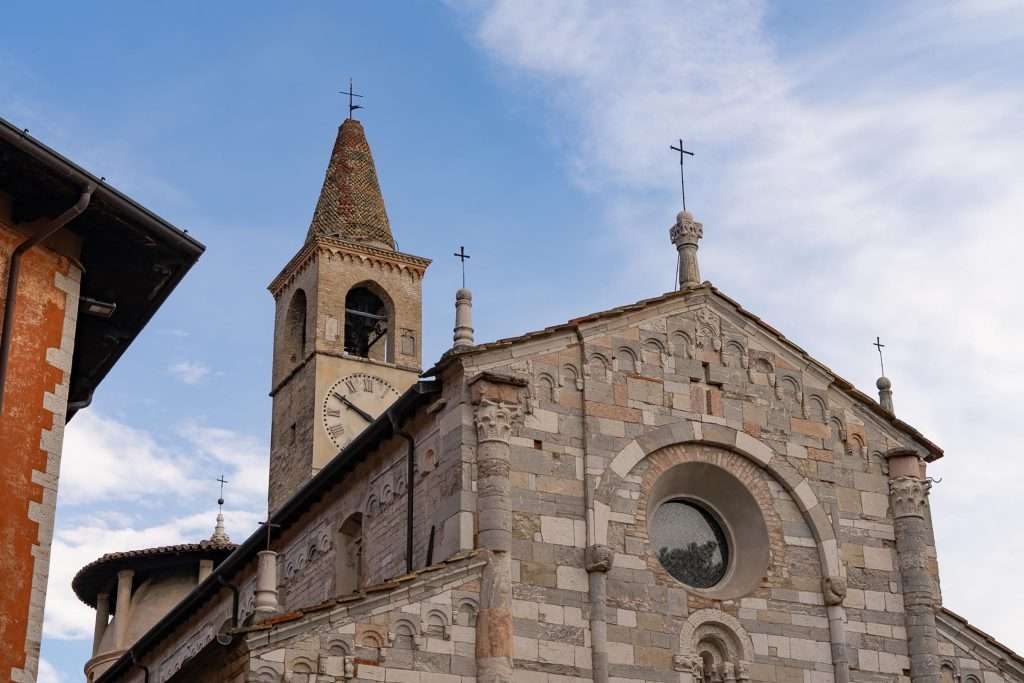
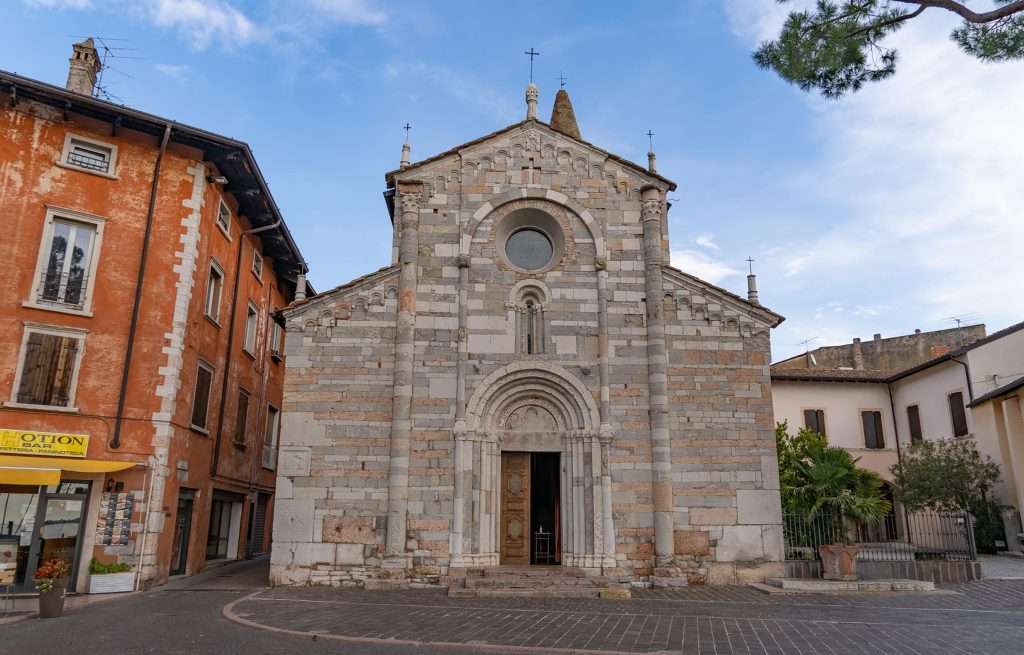
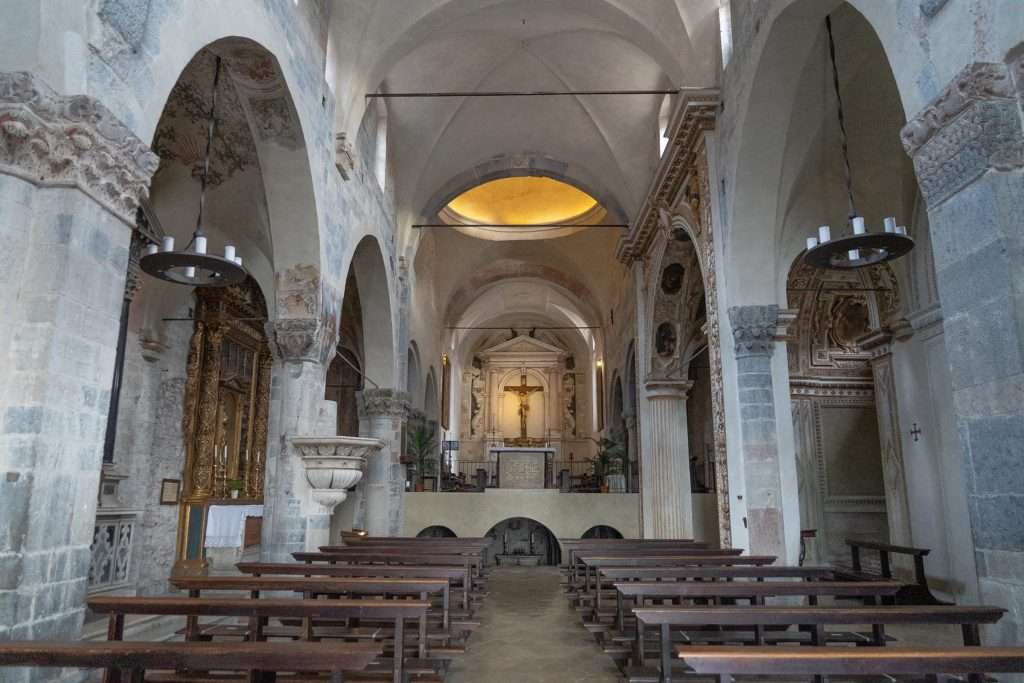
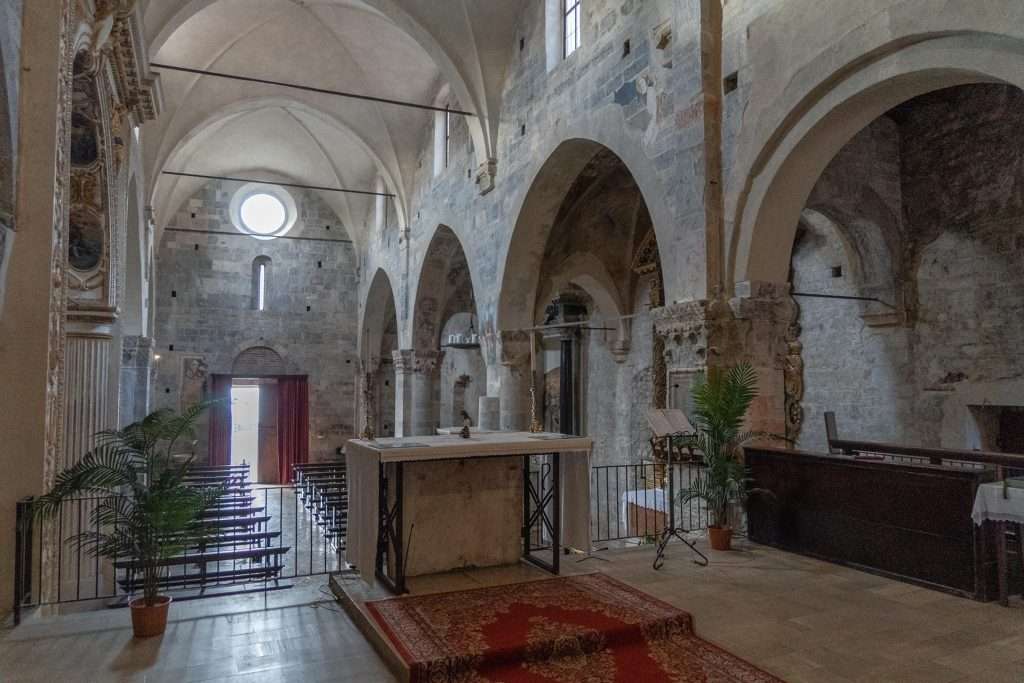
Beautiful Italy monument.
Inaugurated in 1909 in memory of the statesman and Prime Minister Giuseppe Zanardelli who lived in the hamlet of Bornico for years. The statue is the work of the sculptor Leonardo Bistolfi who originally turned the face of the woman, symbol of the homeland, to the east, in the direction of Trieste which at the time was still subject to Austria, which defined it as “The desire for a distant shore” . The base bears the following inscription: “To Giuseppe Zanardelli evoking here on the consoling shores of the lake that he loved, the strong and free Latin soul, a flame of holocaust to the beauty, the hopes, the greatness of the homeland.” The Italians XVII April MCMIX
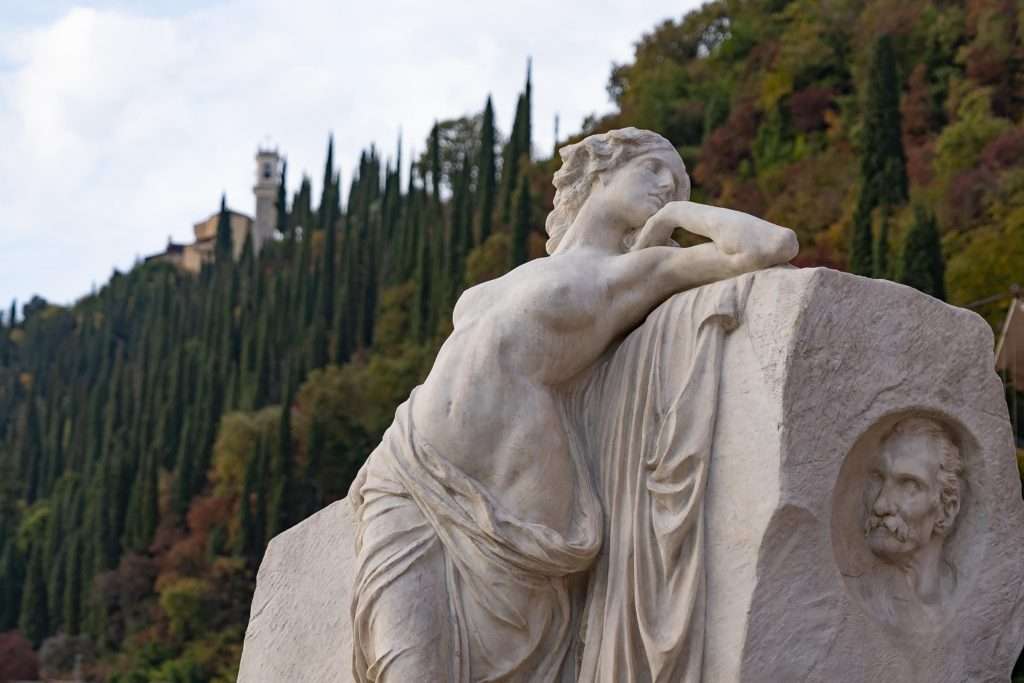
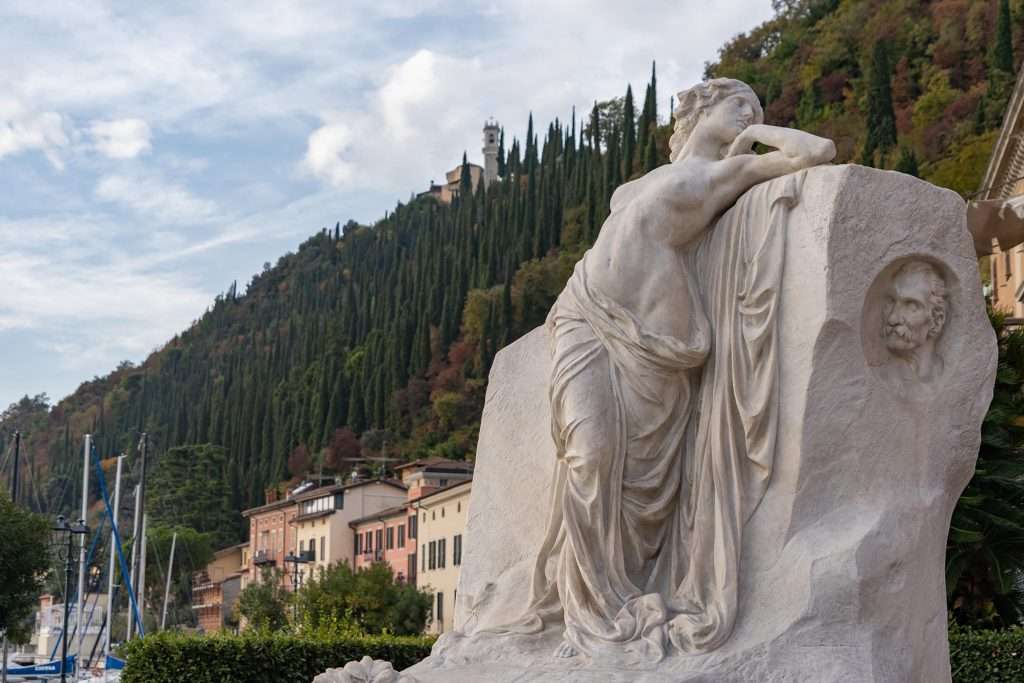
Bulgheroni Palace.
This palace belonged to the Convent of the Servite Fathers of San Pietro Martire and its park communicated directly with the convent. It was then purchased in the mid-seventeenth century by the Gonzagas and in 1712 it passed to the Austrian ruling house. Sold to a real estate dealer, it then passed to Count Rizzardi. It is a private palace but from its gates you can see the magnificent gardens, the lemon house (to visit which the municipality organizes guided tours from time to time) and the decorations of a frescoed frame with mythological scenes and winged cherubs which originally also filled the medallions of the wooden chests of drawers of the attic.
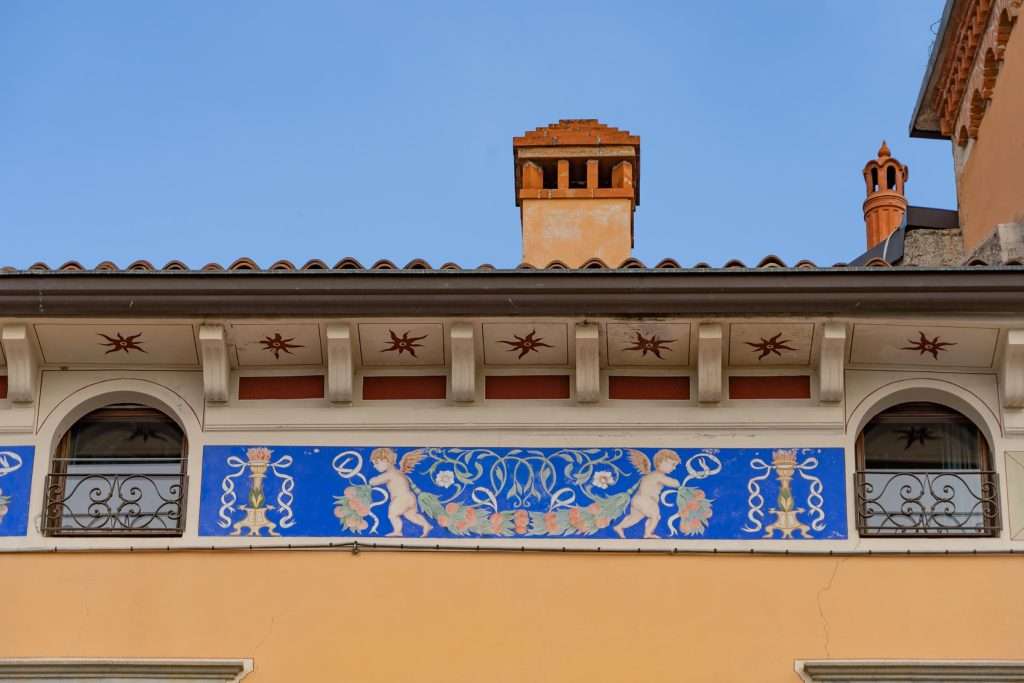
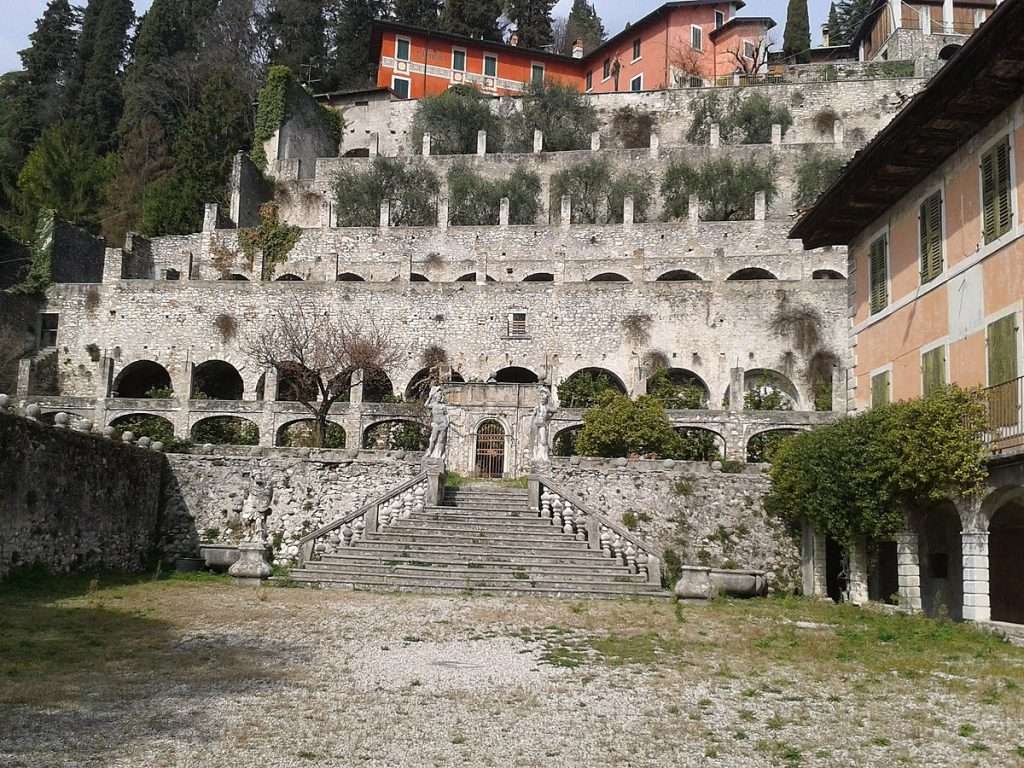
Gonzaga Palace (Via Benamati 24 – Toscolano Maderno).
The Gonzagas, lords of Mantua, at the beginning of the seventeenth century, commissioned by Duke Vincenzo I, wanted to build their summer residence on Lake Garda. The task was assigned to the architect Antonio Maria Viani.
The “Villa del Serraglio” was connected to the building, which develops over two floors, with a park of about 20,000 m² planted with fruit trees and connected to the building by an underground gallery. The works had not yet been completed when Vincenzo died in 1612. With the fall of the Gonzagas the residence passed into the hands of Leopold of Lorraine, who ceded it to some Brescian nobles. In 1933 it was sold to the Gaoso family. The building underwent a major restoration after the 2004 earthquake, which affected the Salò area.
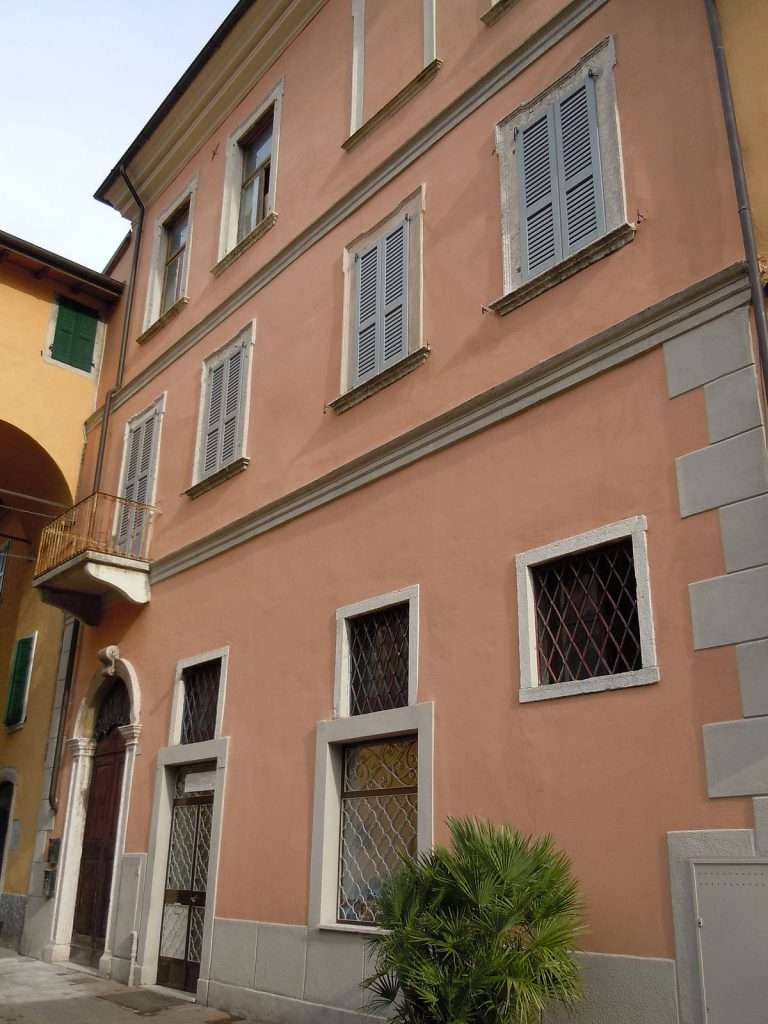
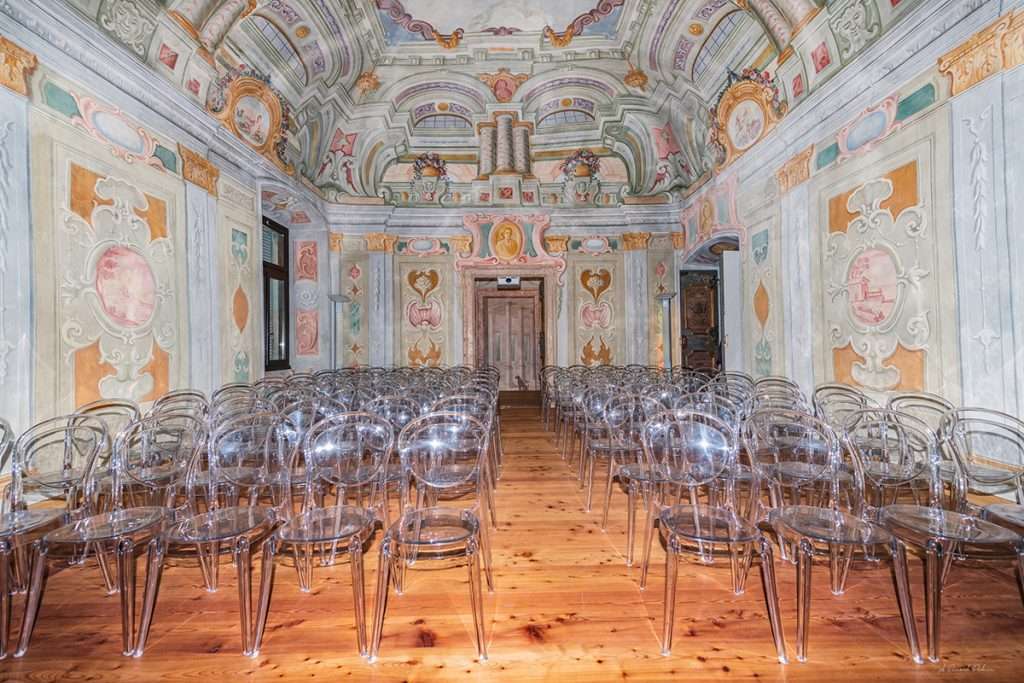
“Giordano Emilio Ghirardi” botanical garden (Via Religione – Toscolano Maderno).
It is a botanical garden, mainly dedicated to medicinal plants, with a very peculiar history. Founded in 1964 by the owner of the pharmaceutical company Simes la cardiotherapy, Professor Giordano Emilio Ghirardi, with the aim of cultivating plant species of different origins.
In those days, the Garden procured the seeds of the desired plants through correspondents scattered all over the world, acclimatised and cultivated the useful species, even on a large scale, and studied their active principles.
When the founder passed away in 1991, the Garden was donated to the University of Milan.
Currently the botanical garden belongs to the Department of Pharmaceutical Sciences. Free admission.
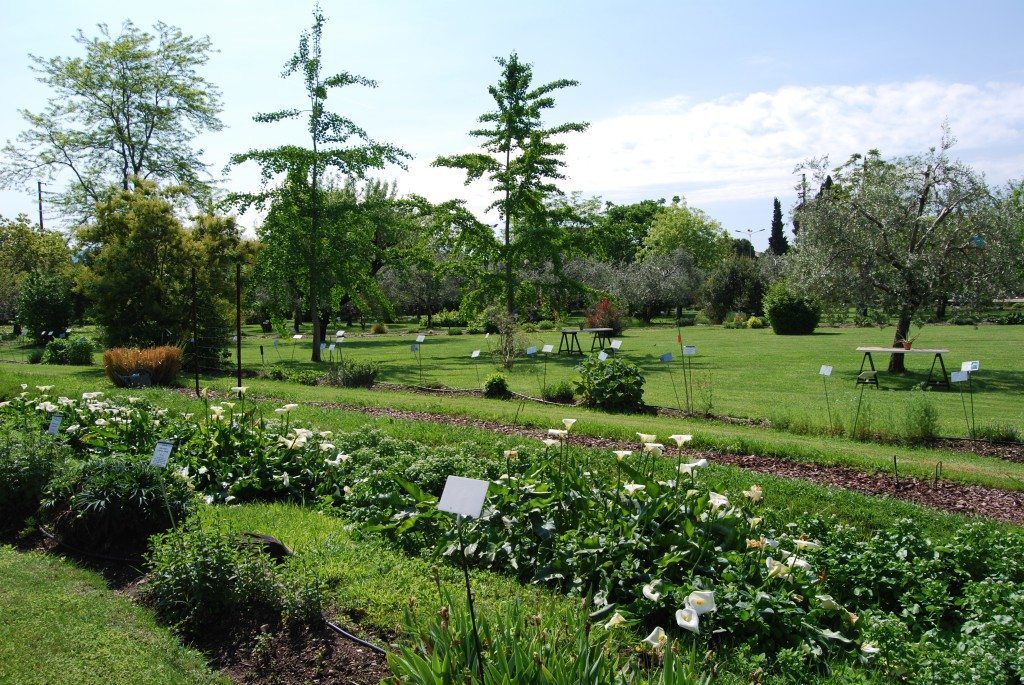
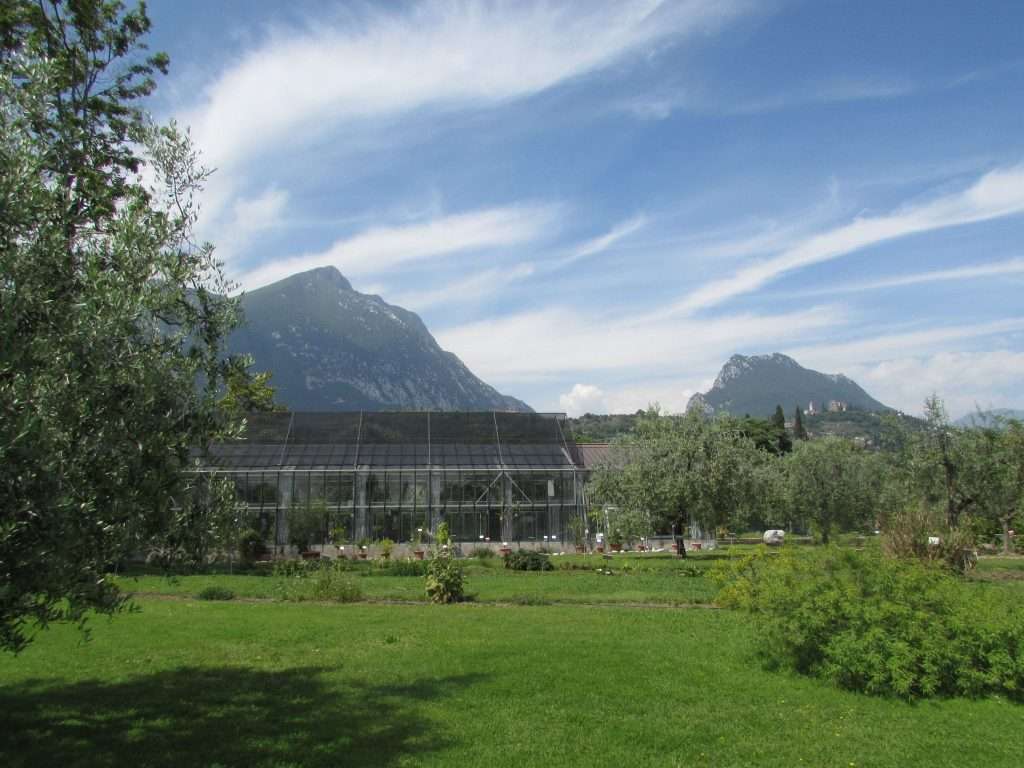
Church of Saints Peter and Paul the Apostles.
This beautiful church is located in the center of the town of Toscolano. The facade, tripartite and with a basilica layout, reveals the internal subdivision into three naves. The portal is enclosed by a Baroque structure with semi-columns that support the niche with the statue of St. Peter. The bell tower has a square plan and rises to the north east. The room houses The Massacre of the Innocents, The Stories of Saint Peter and the Coming of the Magi by Andrea Celesti with important frames by Tommaso Dal Prato, Giulio Bezzi and Francesco Leoni. In the sacristy a canvas attributed to Brusasorci.
In front of the churchyard, the statue of the Immaculate Virgin placed in the second half of the 19th century as a vow after a cholera epidemic.
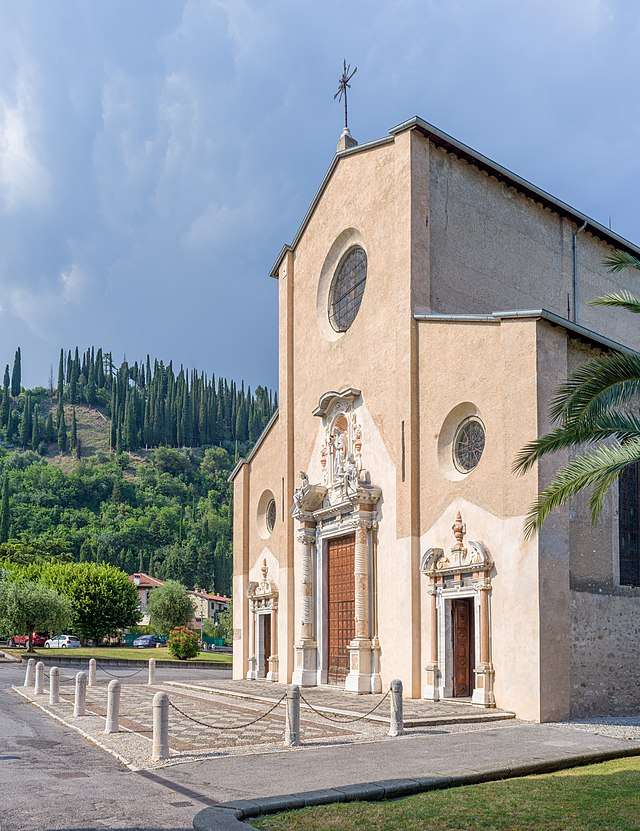
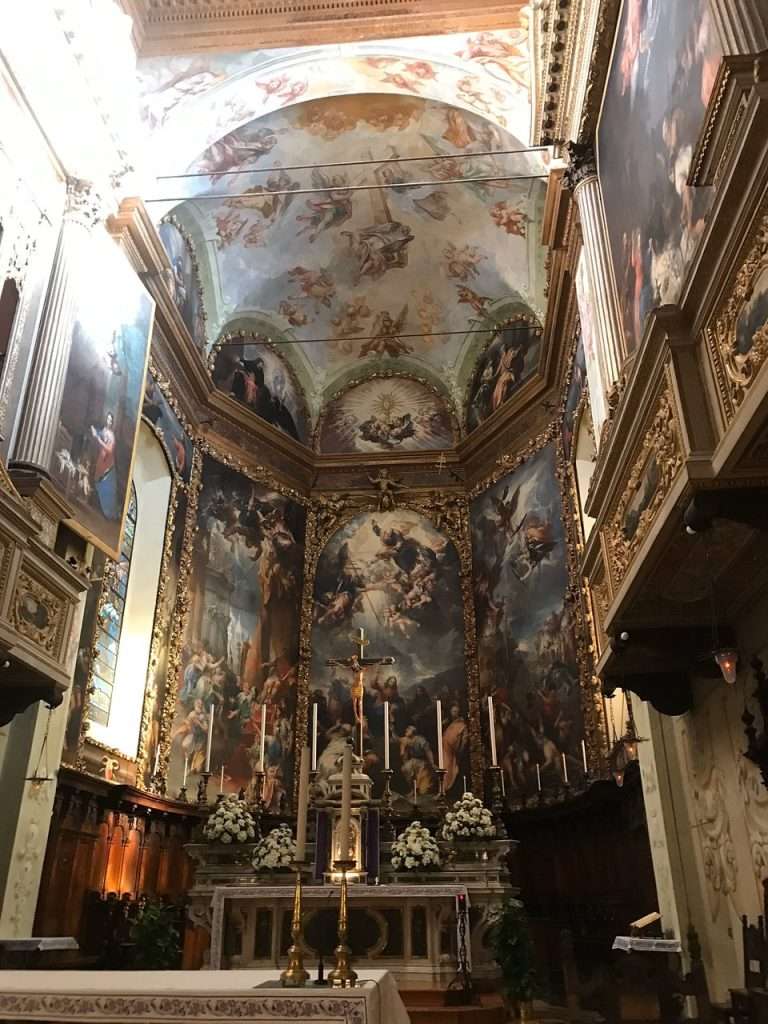
Roman villa of the Nonii Arrii (Piazzale SS. Maria del Benaco – Toscolano Maderno).
The villa dates back to the 1st century AD. and was inhabited until the first half of the fifth century, the date of its destruction. It was one of the most beautiful villas on Lake Garda due to its architectural characteristics and the richness of the decorations, as well as for its size of at least 12,000 square meters (after that of Sirmione -Grotte di Catullo- and Desenzano).
At the end of the 19th century the first excavations were carried out which then resumed only in 1967 due to fortuitous encounters and continued on several occasions until the last campaign which ended in 2021.
Despite important transformations, the villa had a large scenographic layout facing the lake with a front loggia and avant-corps on the north and south sides. In a lower part there was a large basin-fountain 50 meters long. Unfortunately, little of the building’s architectural furnishings have been preserved, but parts of the mosaic floor, some wall paintings and part of the baths are still clearly visible.
Thanks to the discovery of an inscription with a dedication by Marco Nonio Macrino to his wife, it was possible to establish that the building belonged to the Nonii, one of the most prestigious and important families in Brescia.
For info on visits and opening hours: Toscolano Maderno Tourist Office 0365 546023 – turismo@comune.toscolanomaderno.bs.it
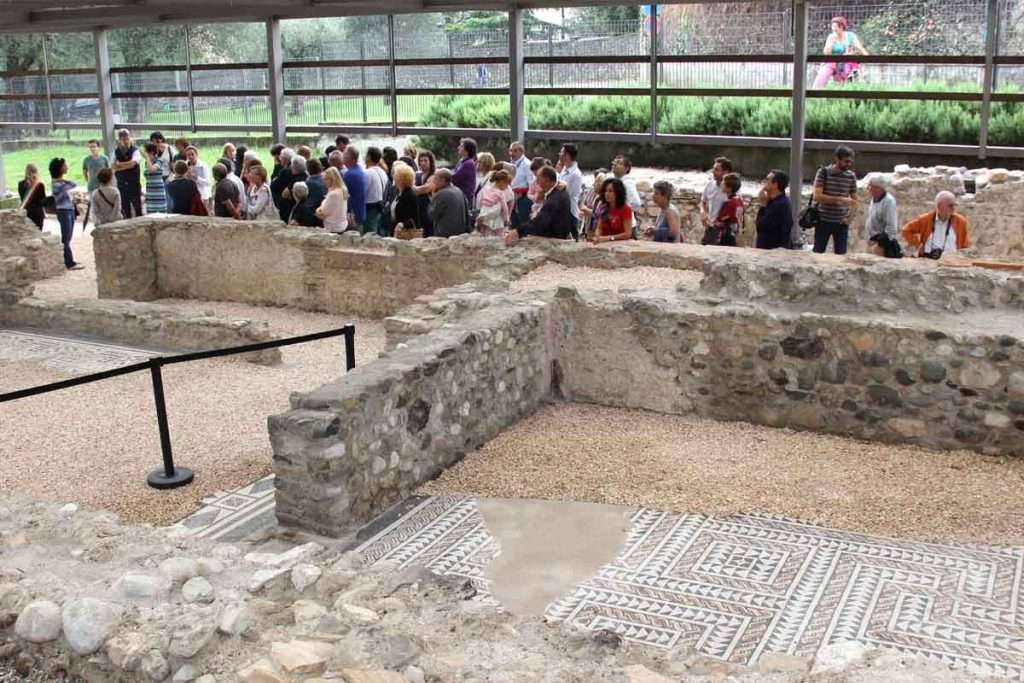
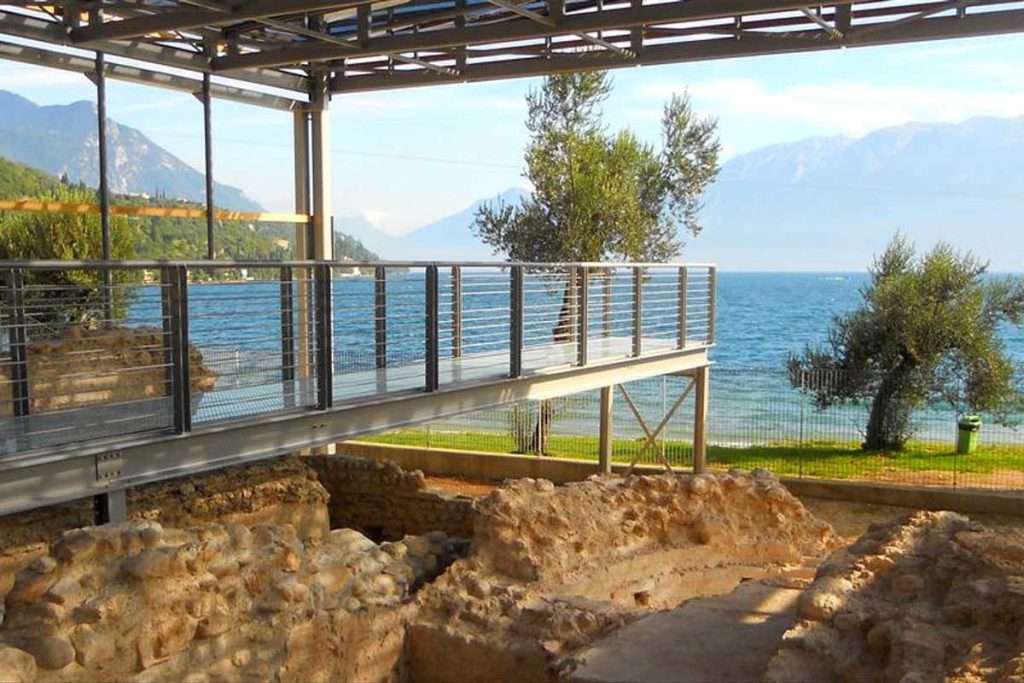
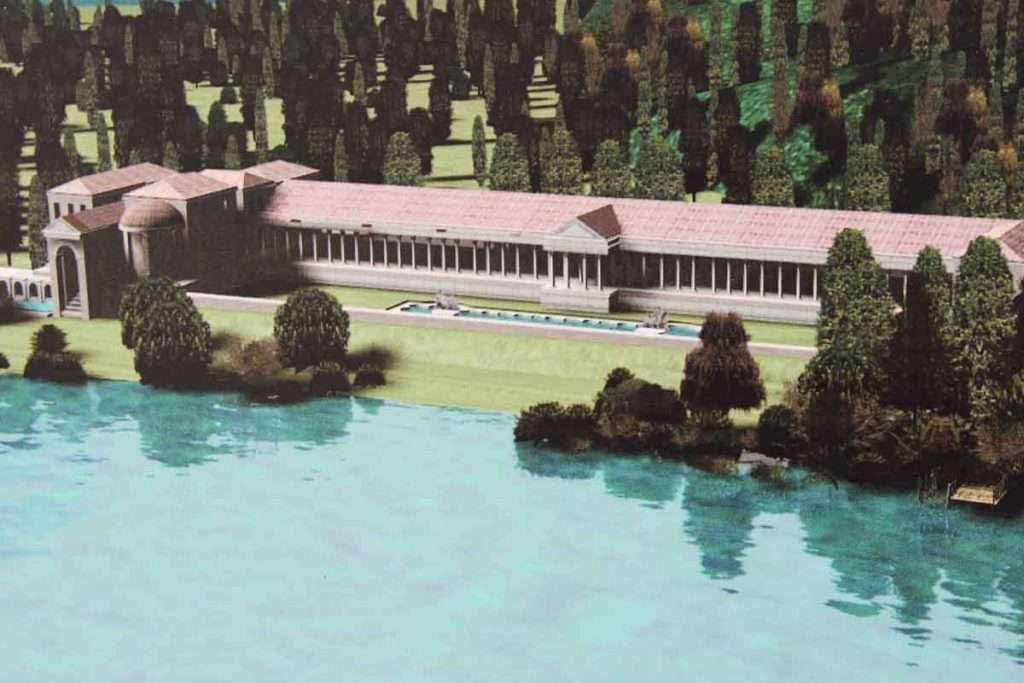
The ancient port of Toscolano (Via Porto – Toscolano Maderno).
Characteristic foreshortening that still maintains the historic charm. Between the fifteenth and eighteenth centuries it was a sorting center for paper and iron, from where boats arrived and departed for Venice. Here resided the most noble families and still remain splendid buildings such as Palazzo Delai, on the left in the square, dating back to the seventeenth century with valuable external frescoes. It was precisely in this building that Andrea Celesti was a guest who painted many canvases now exhibited in Brescia. The villa is flanked by numerous lemon groves still visible from the pier and by a beautiful lakeside garden.
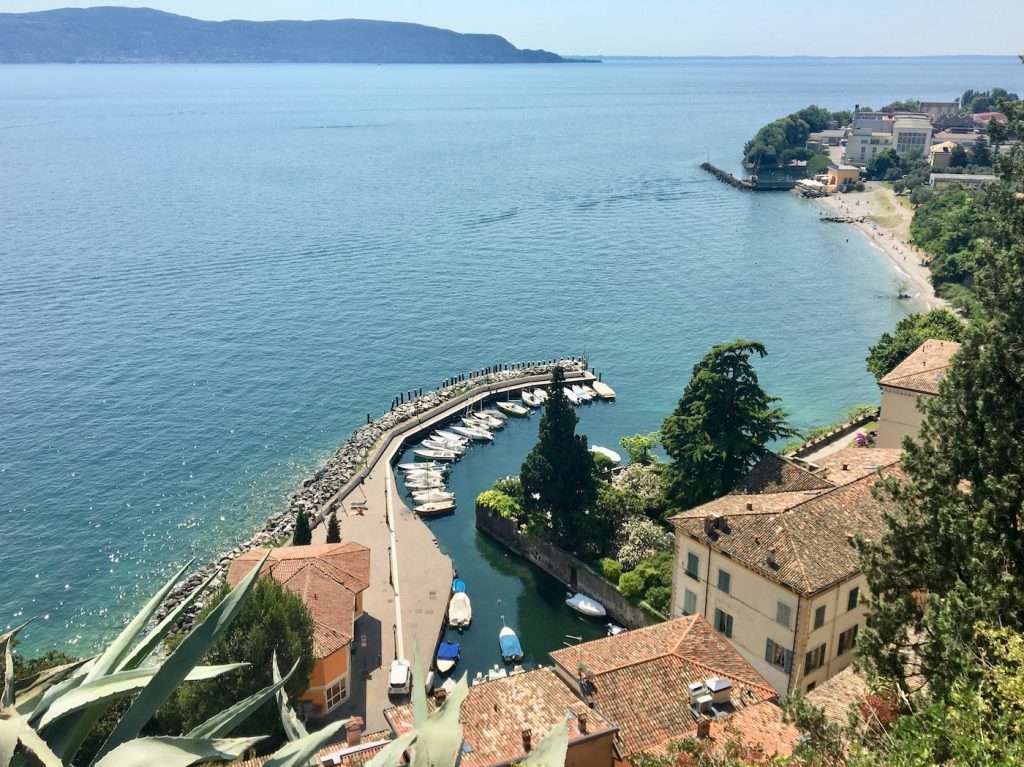
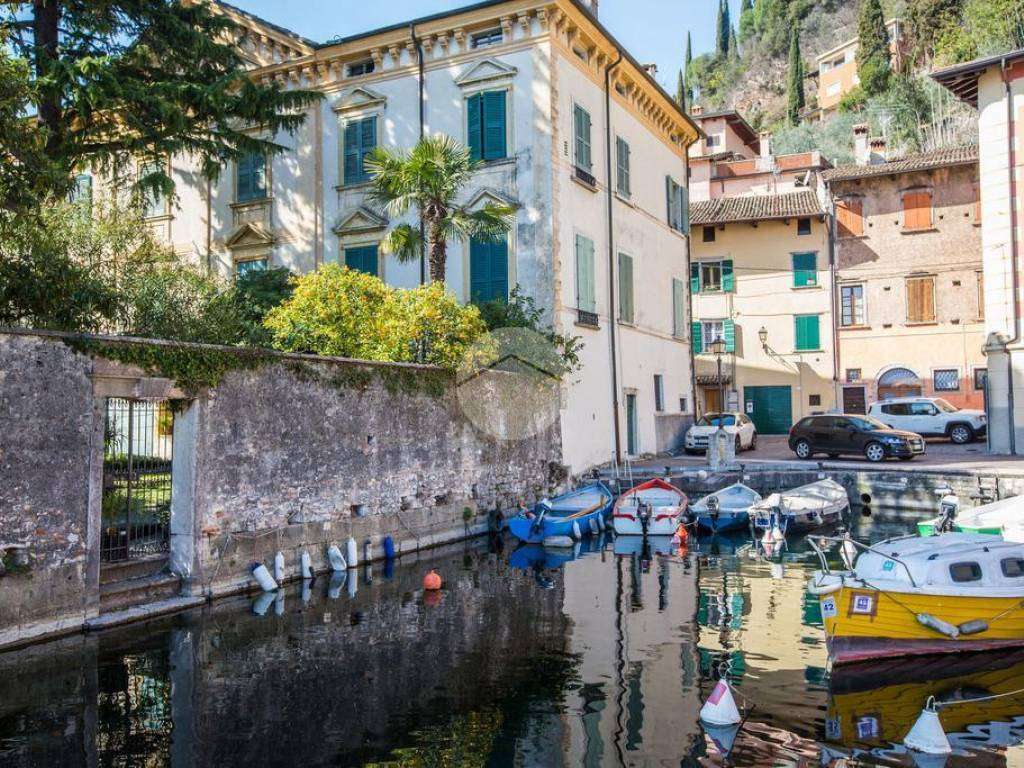
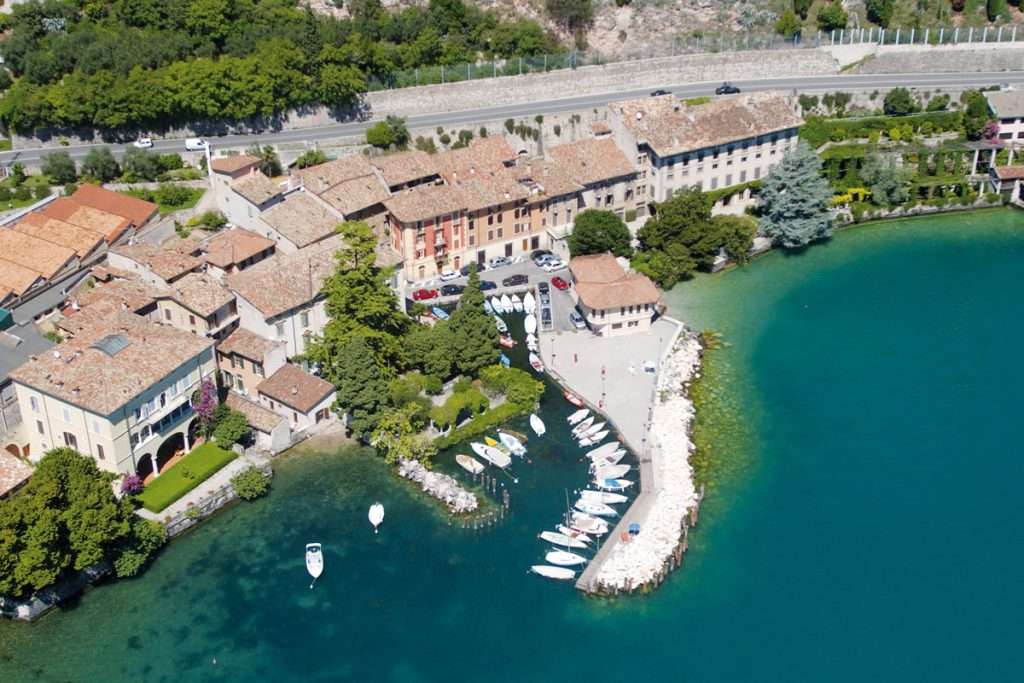
Shrine of Our Lady of Supina.
It is located near the border of Gargnano and can be reached via a pleasant walk starting from Folino Cabiana crossing Cervano. The Sanctuary was restored in 1997. The facade, the portal and the bell tower date back to the 17th century as well as the hermit’s house. The oldest nucleus seems to date back to 1460-1490. The nave is completely decorated with fake architectures, mythological figures and arabesque frames, sirens are painted on the counter-façade. The ceiling, built from 72 wooden panels painted in tempera, replaces the original one probably with trusses. For one vote following a cholera epidemic in 1567, the 25th of each month is considered a holiday.
Opening days: open for the celebration of the Holy Mass on the first Sunday of each month (the second in October and November) at 4.00 pm from April to September, at 3.00 pm from October to March and on March 25, Easter Monday, on the 15th August, December 26.
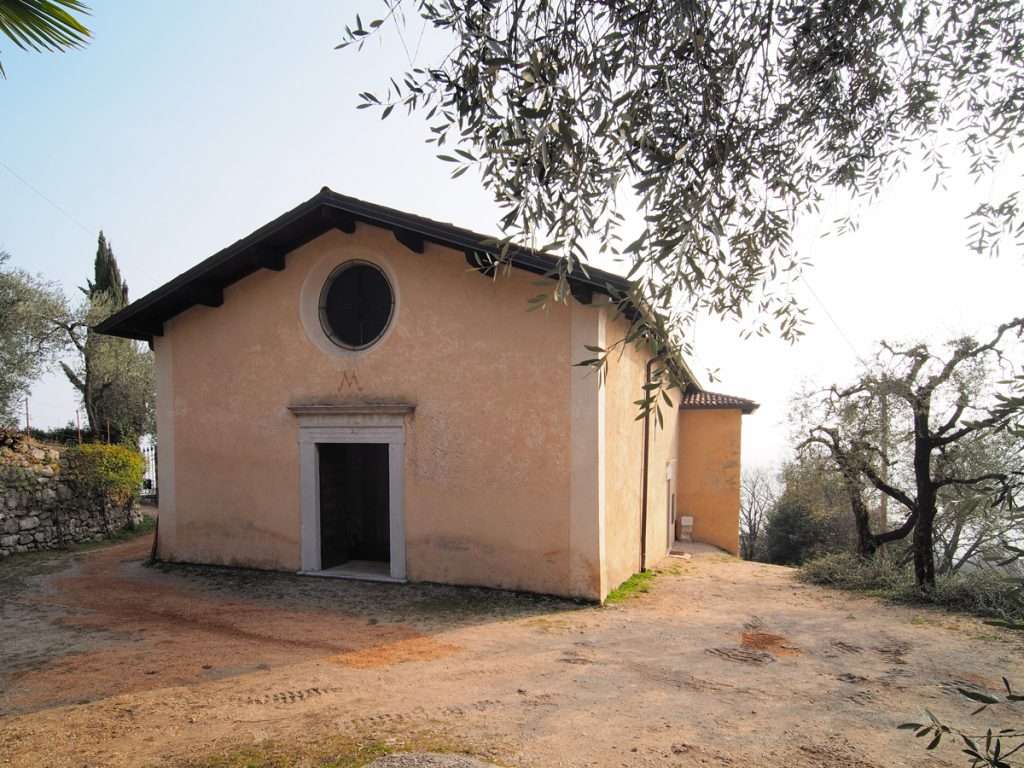
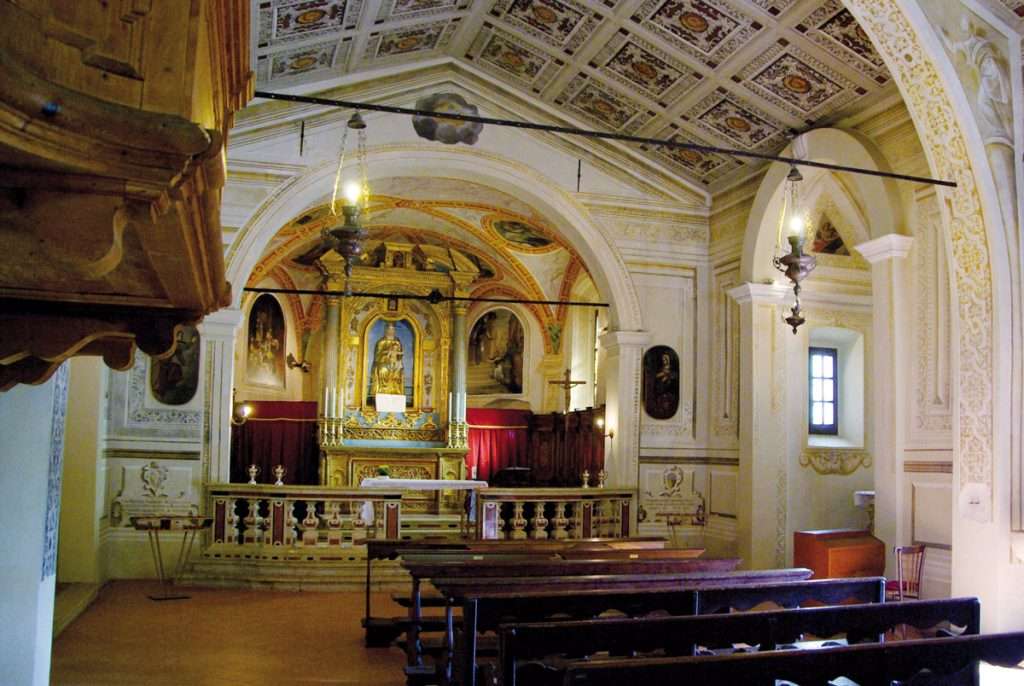
What to do in a day trip in Toscolano Maderno
Trekking and walks in Toscolano Maderno.
Valley of the paper mills.
The Ecomuseum of the Paper Mill Valley of Toscolano Maderno has the Paper Mill Valley as its fulcrum, which from the Middle Ages to the twentieth century represented the center of the economic and social life of the local community. Today you can venture inside this gorge with a beautiful walk (suitable for everyone, even for prams and pushchairs), which houses the ruins of the ancient paper mills and the beautiful Paper Museum. To know the route and other info click here.
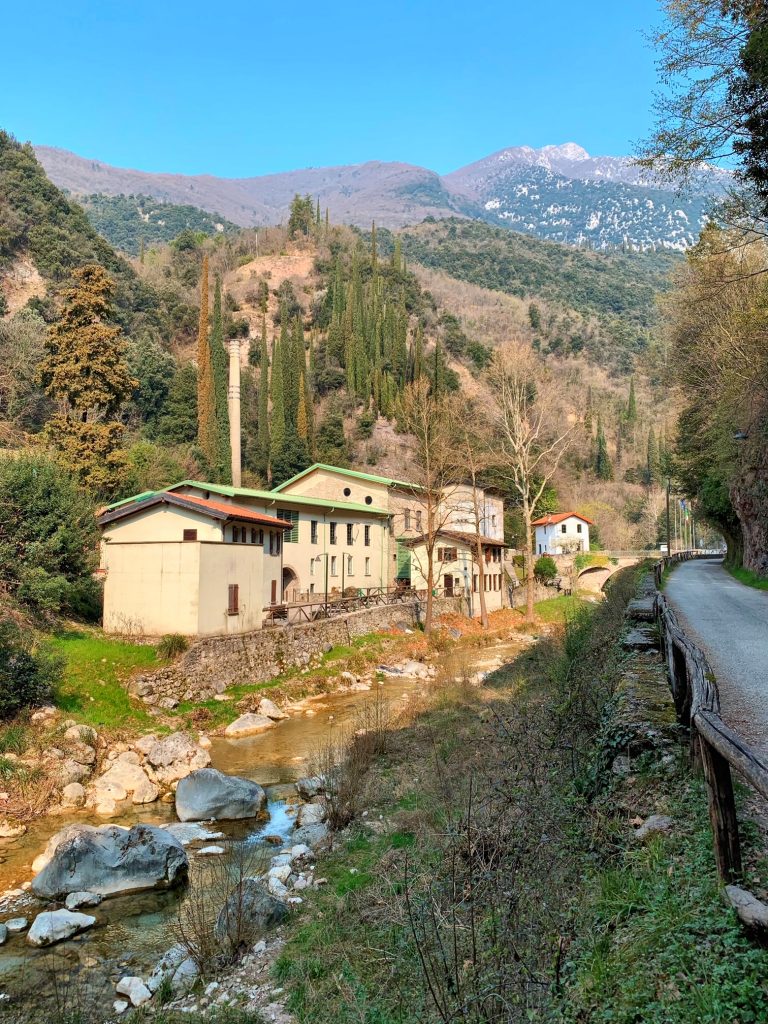
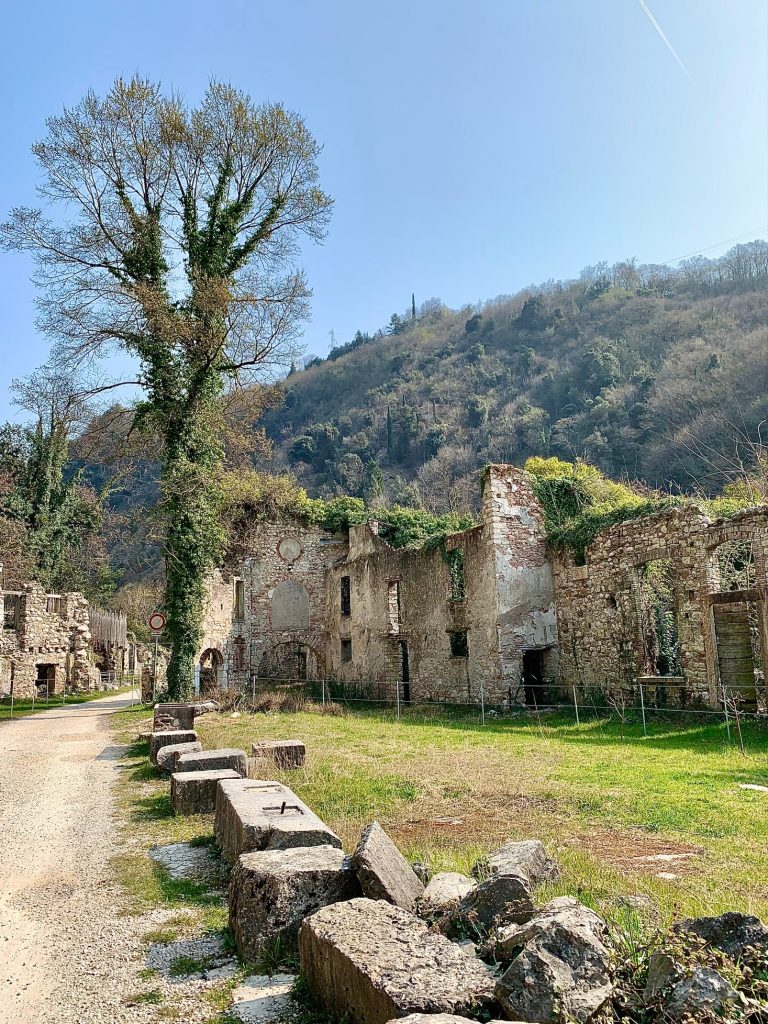
The Cammino di Sant’Ercolano.
The Cammino di Sant’Ercolano is a route within the municipality of Toscolano Maderno, divided into three rings by degree of difficulty and which touches all the churches in the area. Click here to find out about the urban route – medium or difficult.
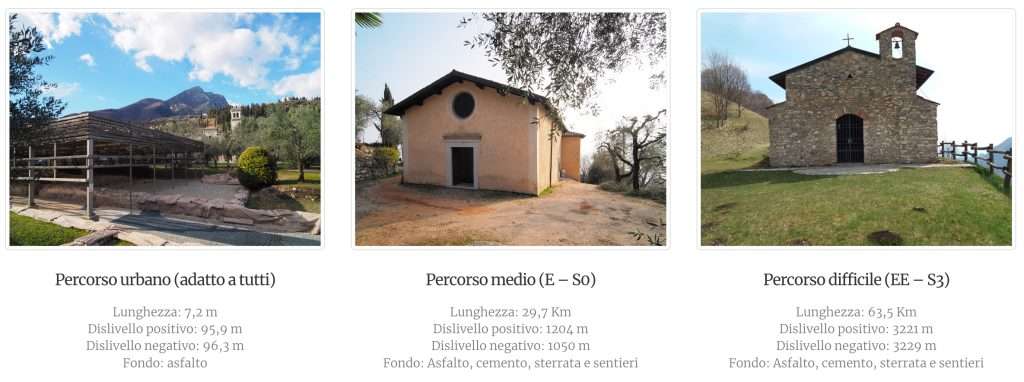
Monte Pizzocolo.
Monte Pizzocolo (1581 m) enjoys a unique and incomparable view of Lake Garda and in particular of the middle and lower lake. Turning our gaze we can also admire the Adamello group, Monte Rosa, the Apennines, the mountain range of the Monte Baldo and the ValVestino dam.
The summit of Monte Pizzocolo is the private property of Malga Valle, coming up from Toscolano Maderno; from here we can easily glimpse the summit of the mountain which is less than 45 minutes away on foot. Going up from the locality of “prae”, after having carried out a fairly steep uphill stretch, the road becomes less steep remaining at high altitude passing through the “sguass del cement” where we can find a reserve from the Second World War. Finally, when we reach the top we find the Bivouac “due aceri” and a small church dedicated to the fallen of all wars.
Monte Pizzocolo, in particular on the opposite Veronese side of the lake, is also called “Il Gu” or “Napoleon’s nose“. The French troops present on the Garda area, during the Napoleonic wars, saw in the shape of Monte Pizzocolo the profile of Napoleon’s nose, thus calling it “aigu” or sharp. With time and habitual use, the term from “aigu” was transformed into “Gu”.
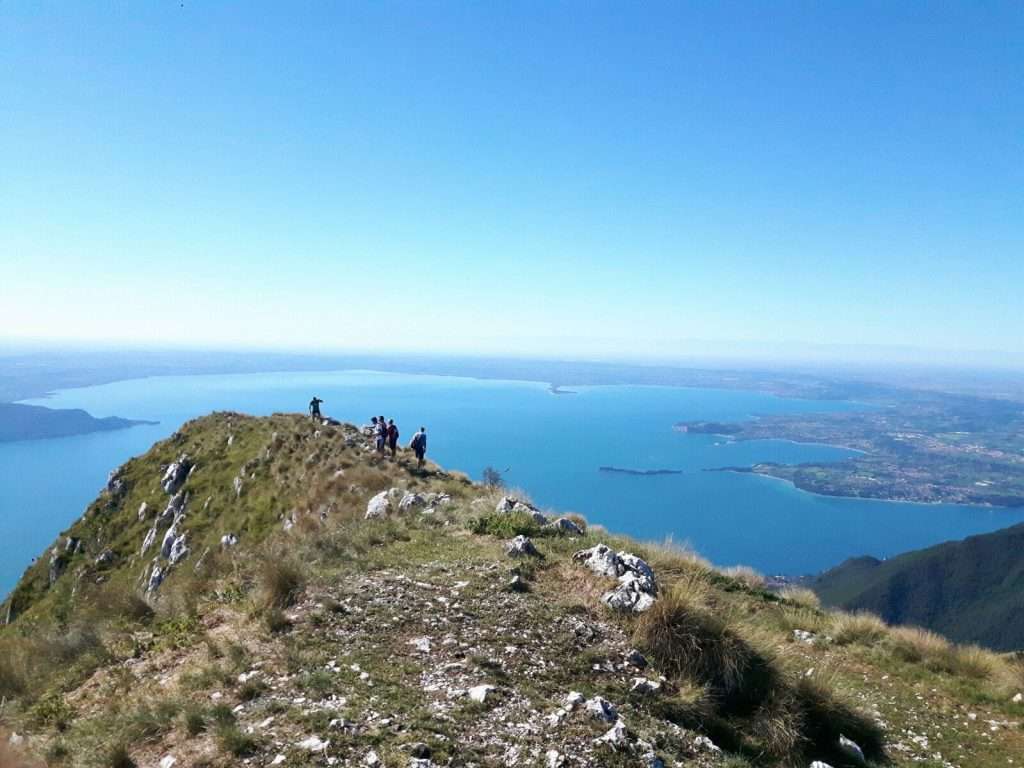
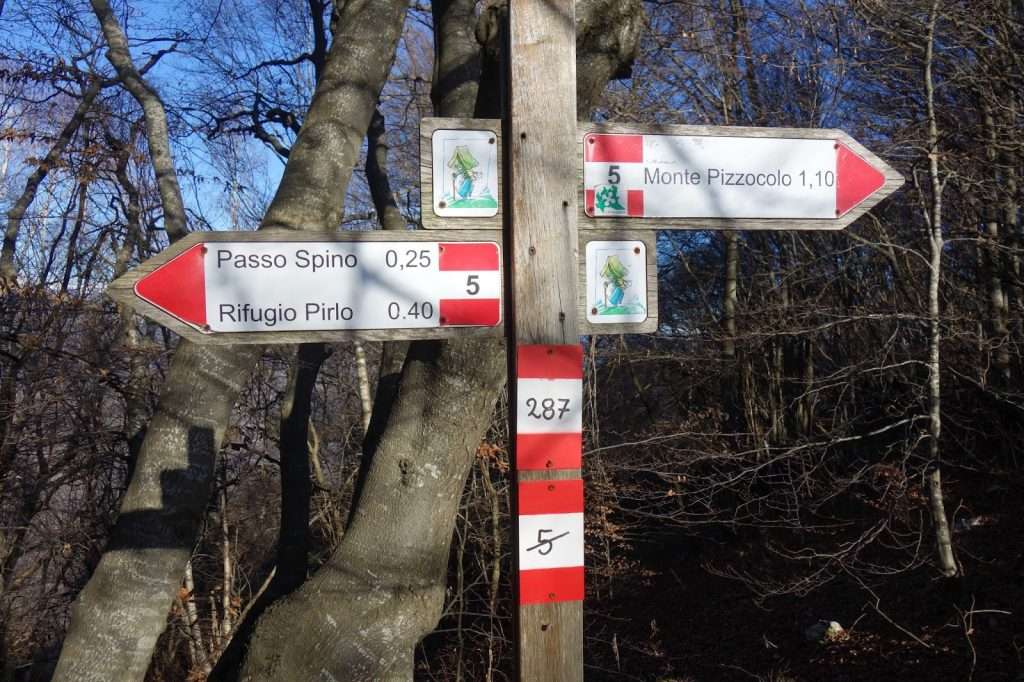
Monte Castello di Gaino.
Monte Castello (870 m) is a modest promontory in the Brescian pre-Alps which offers a beautiful view of Lake Garda and the Monte Baldo chain. You can go up it with the CAI 221 path that goes up from Gaino (south/west side). For detailed information on the route, click here.
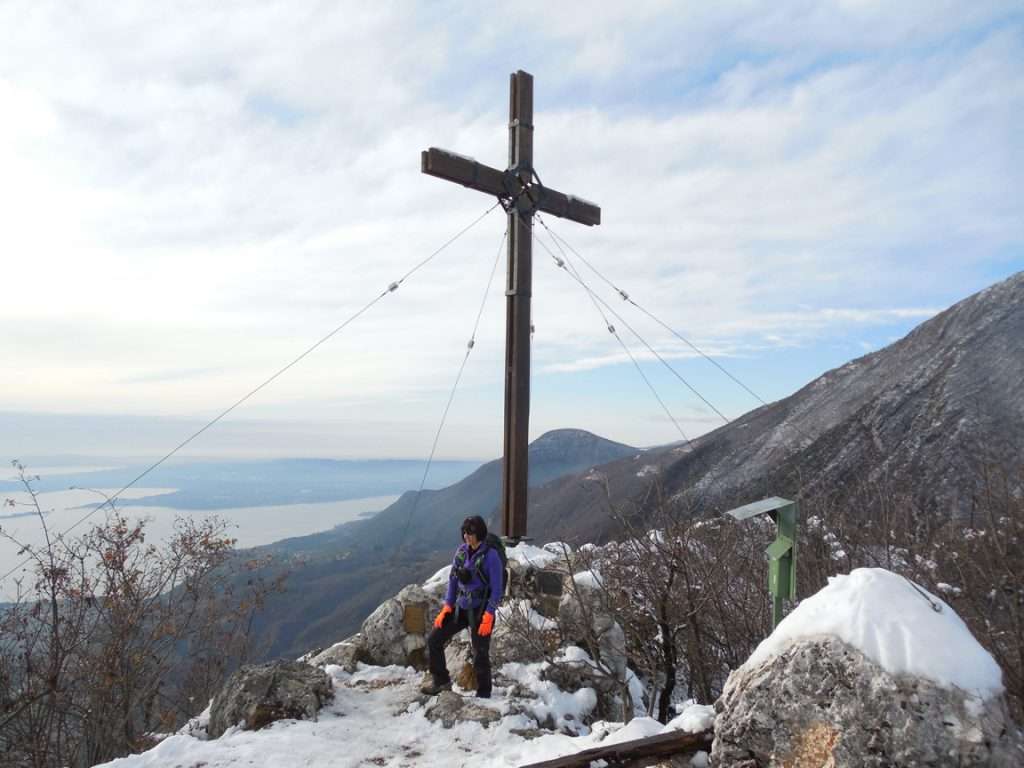
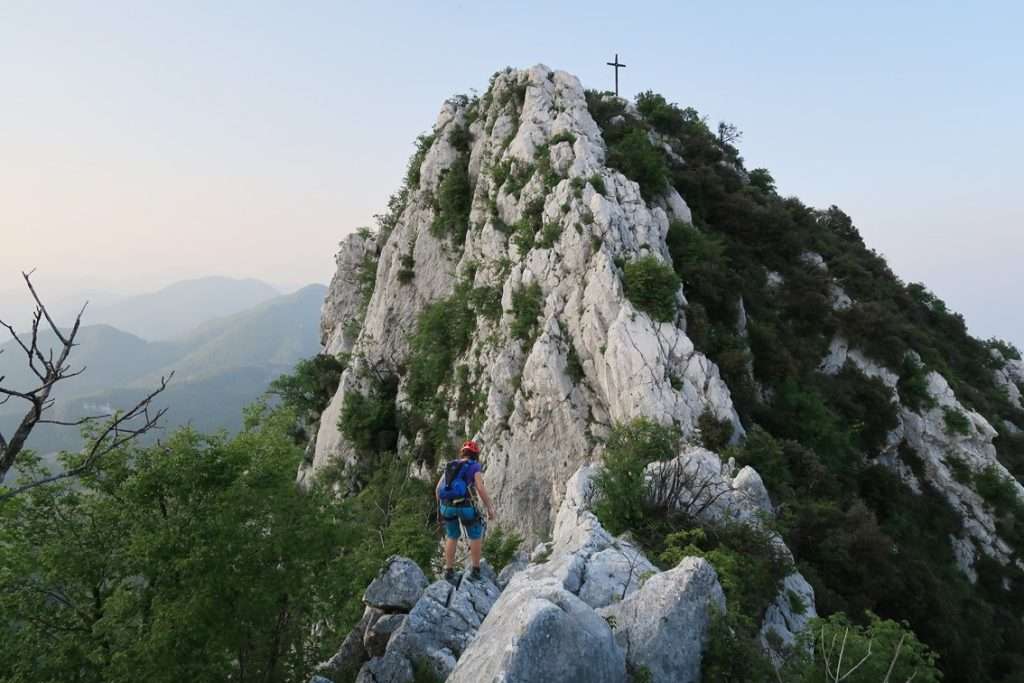
Toscolano Maderno lakefront and beaches.
The lakefront of Toscolano Maderno offers a picturesque walk to discover incredible glimpses between green and blue, with beaches (free, equipped e bau beach), bars and clubs. You will be enchanted by the panorama and the relaxing atmosphere.
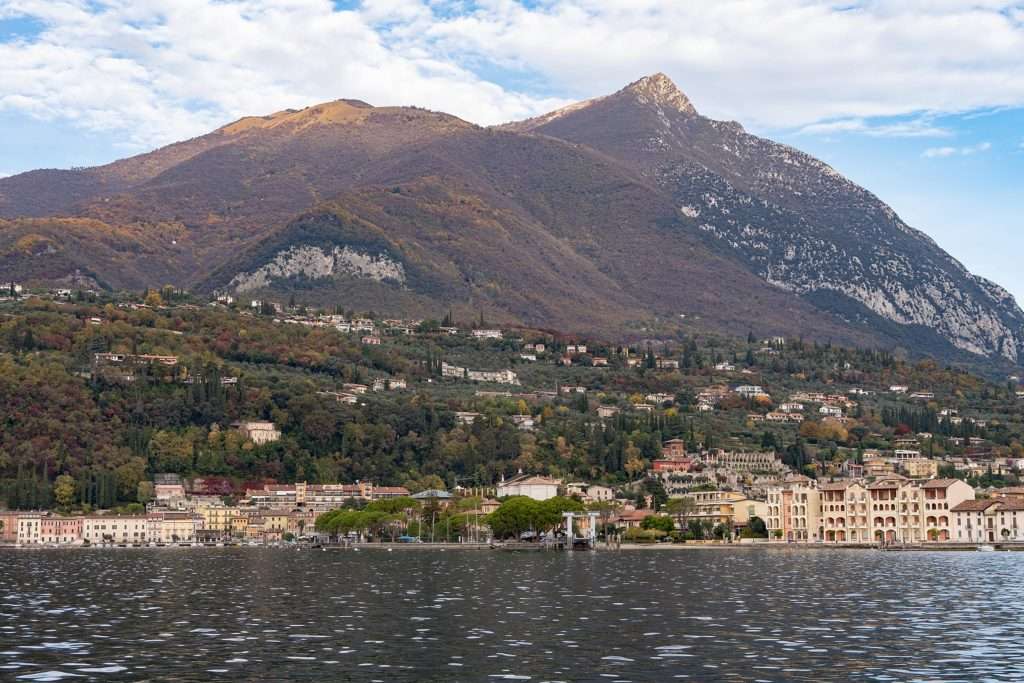
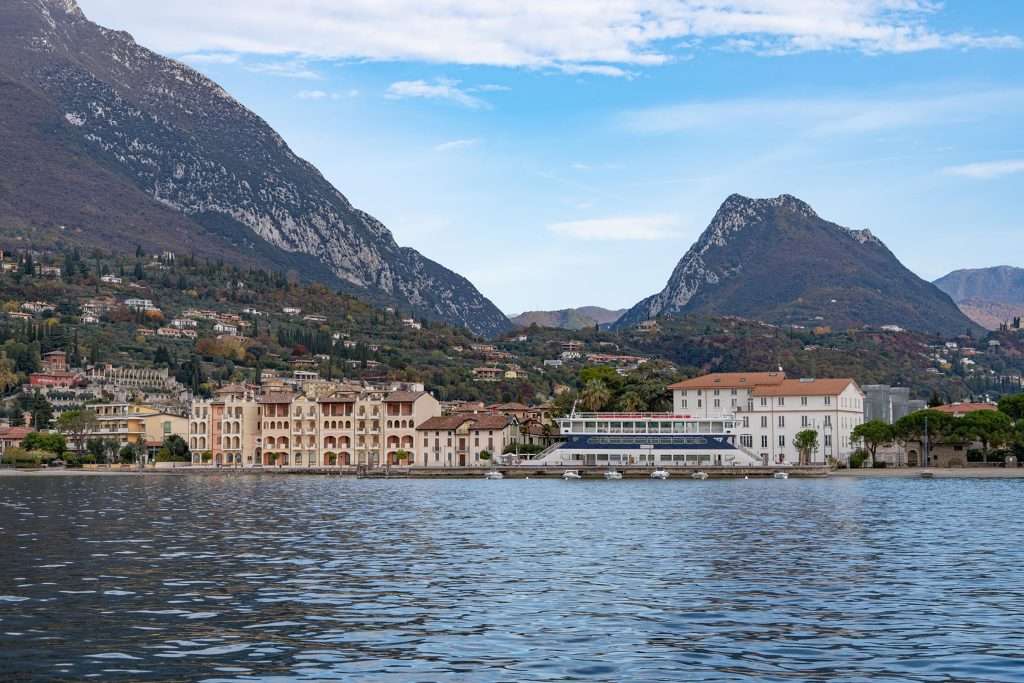
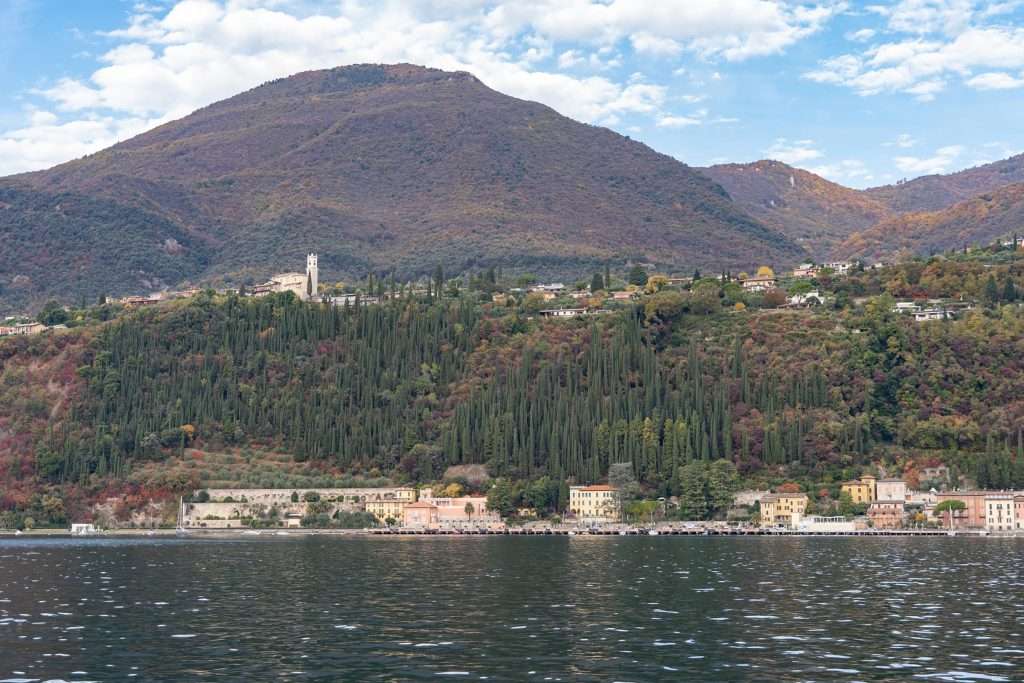
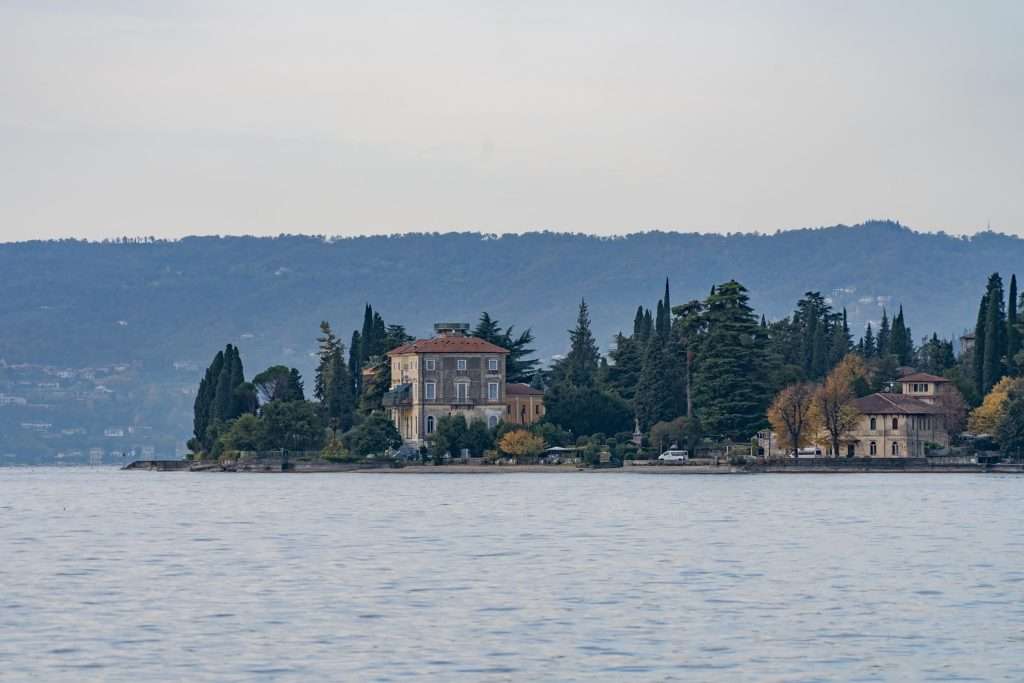
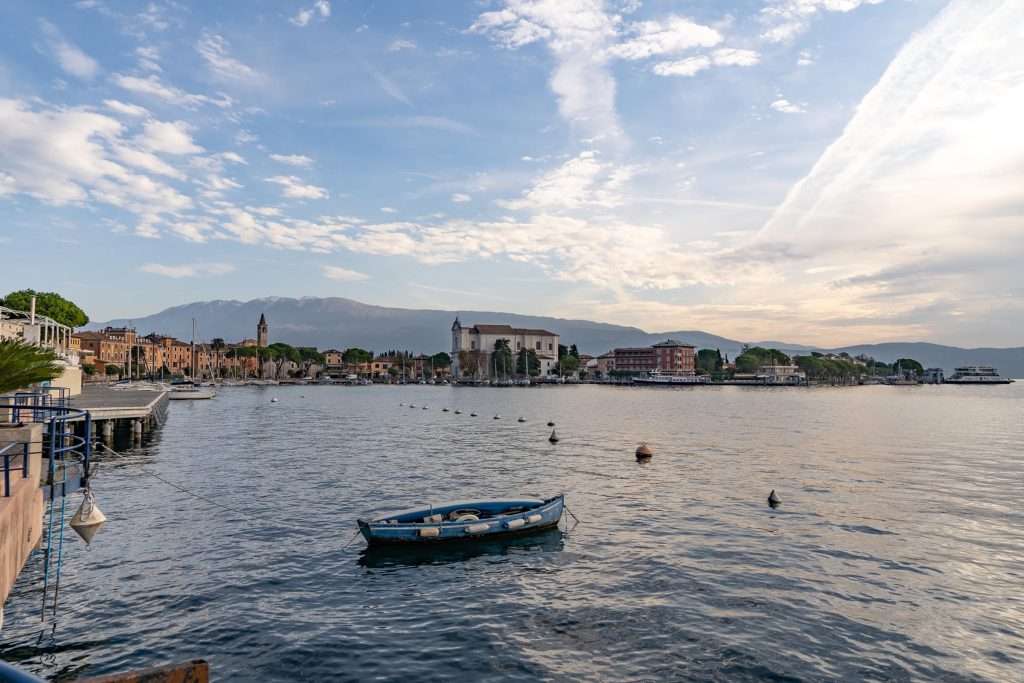
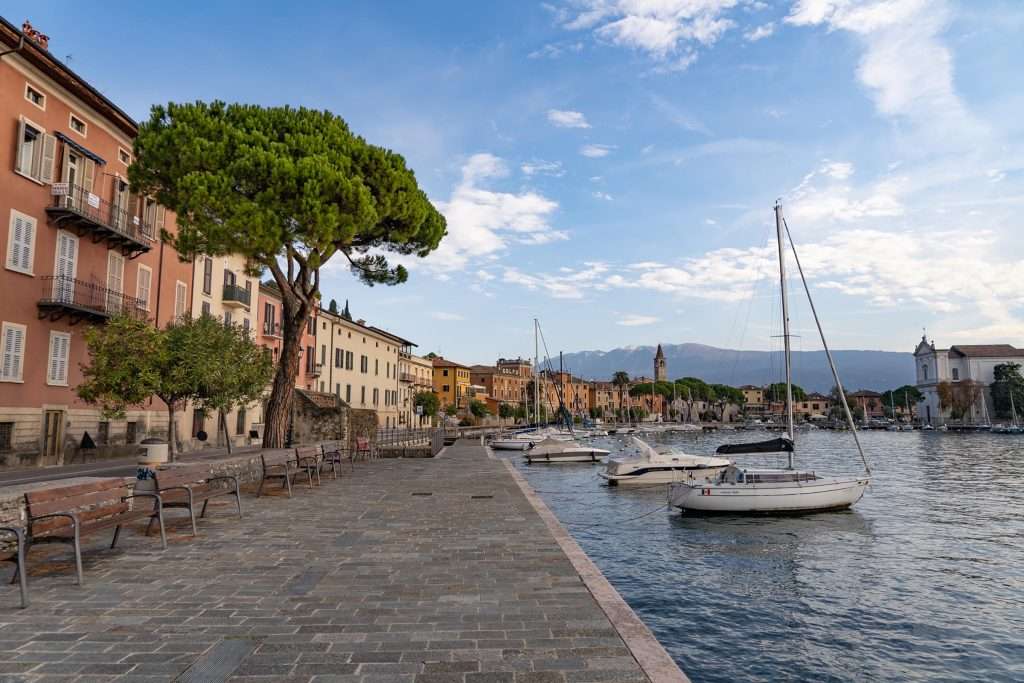
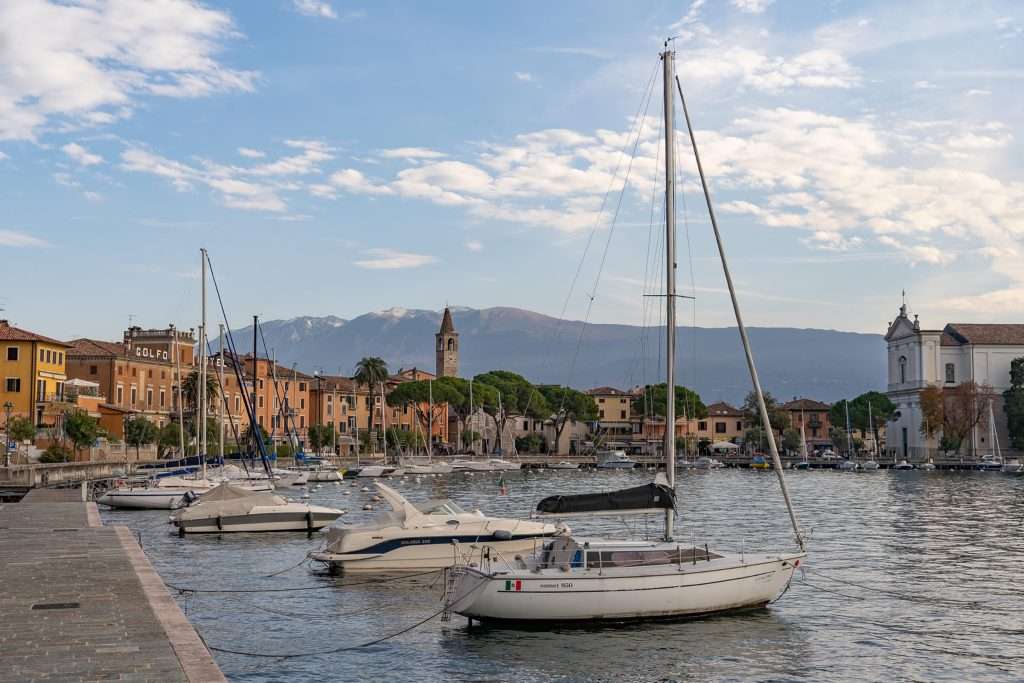
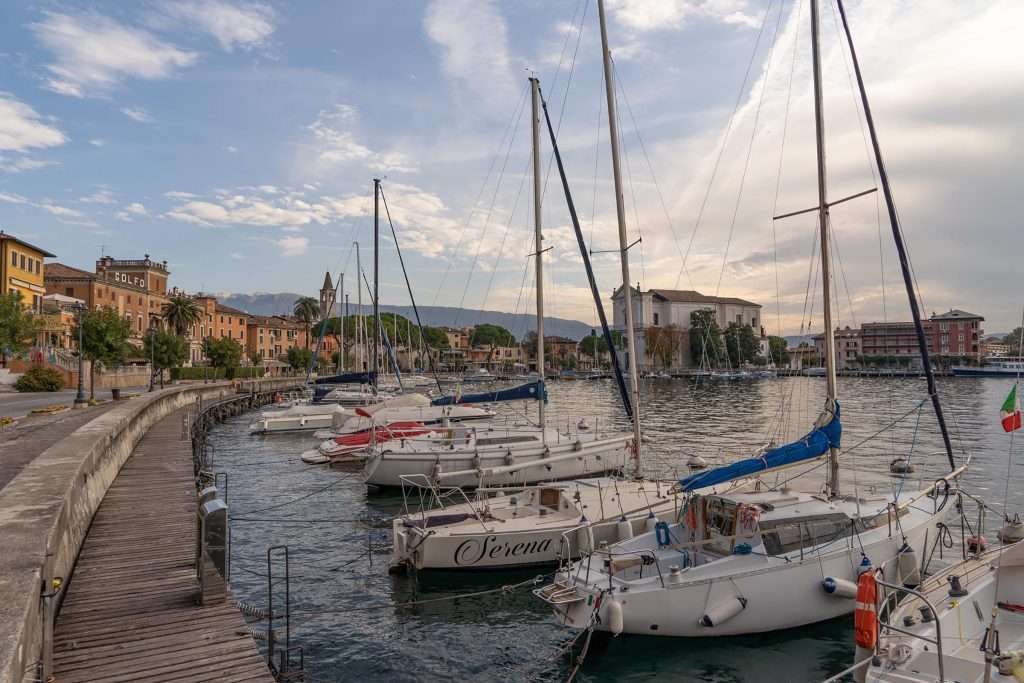
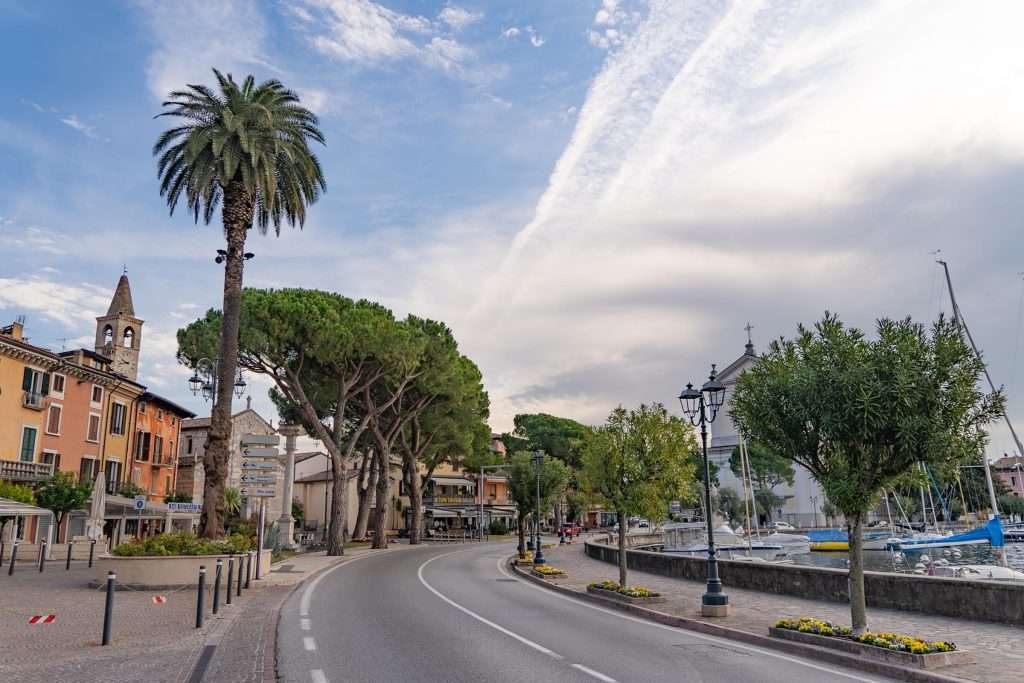
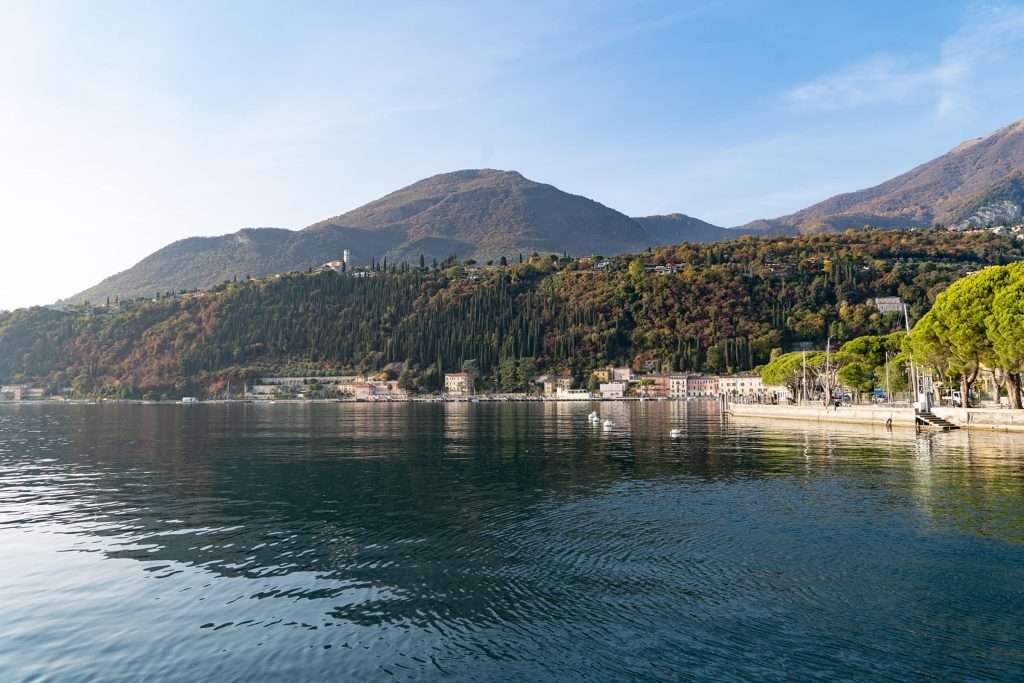
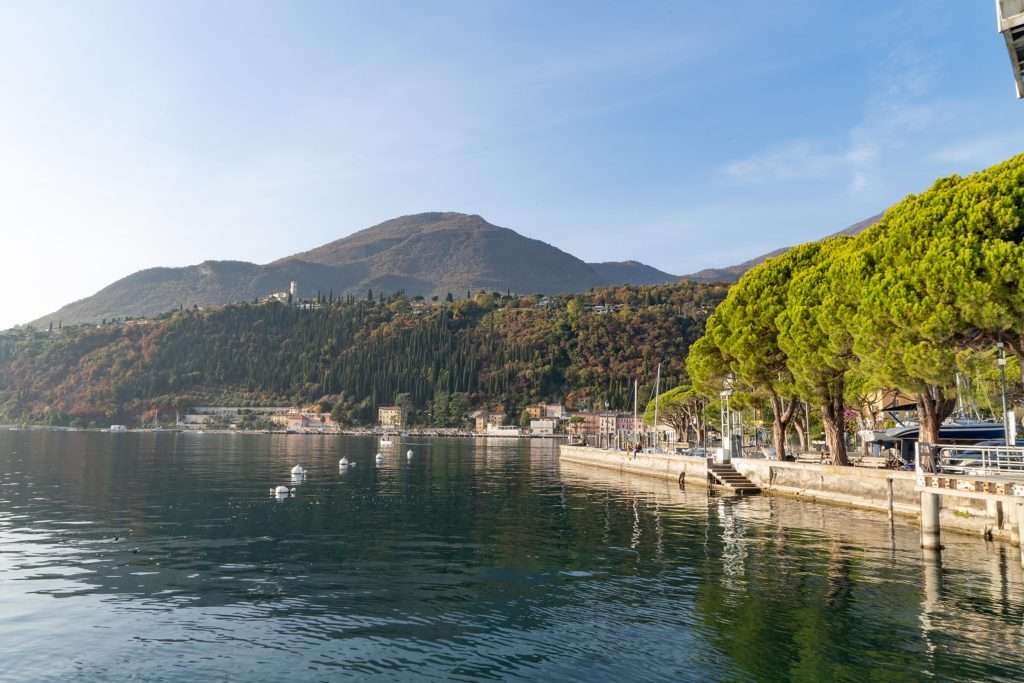
Boats and ferries to and from Toscolano Maderno.
Around Toscolano Maderno there are many places and attractions to reach even with a simple boat trip: Isola del Garda, Riva, Torri del Benaco, Malcesine, Gardone Riviera, Salò and its famous Saturday morning market, the Valtenesi where to buy Garda Dop extra virgin olive oil and exquisite wines. Boats and ferries offer numerous destinations on the Lombardy, Veneto and Trentino coasts.
Furthermore, from Toscolano Maderno, the Lakes Navigation makes ferries available between Toscolano Maderno and Torri del Benaco for the transport of cars, buses and motorbikes. This service allows you to avoid the coastal roads which are very crowded in the high season. For timetables and tickets click here.

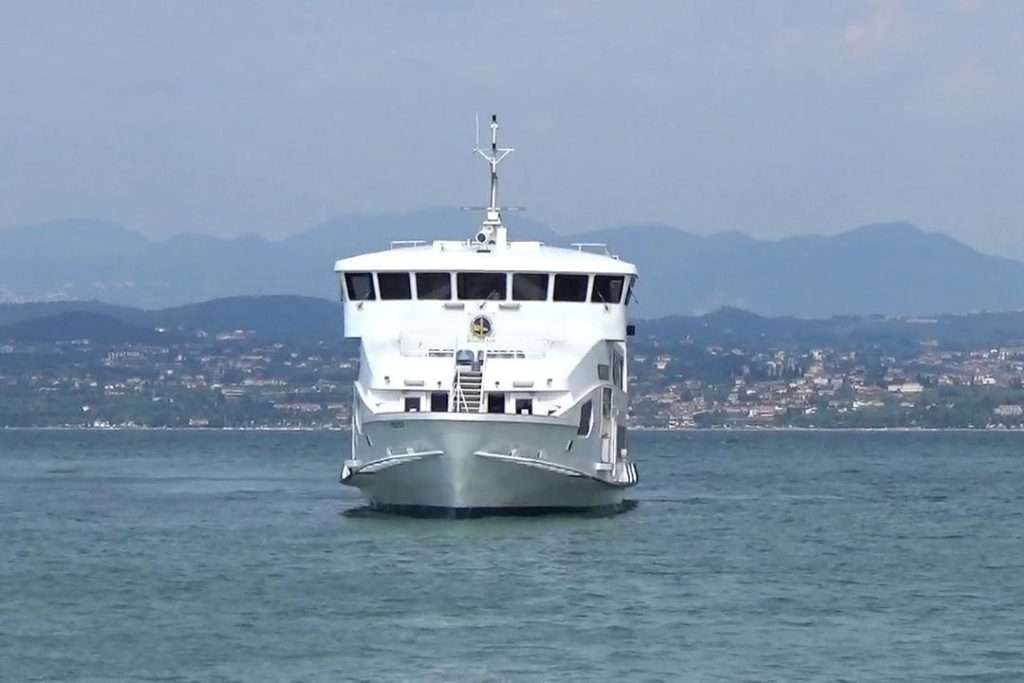
But how many beautiful things are there to do and see here in Toscolano Maderno? Mark them all dear Outdoors!
Silvia Turazza – Garda Outdoors editorial team
